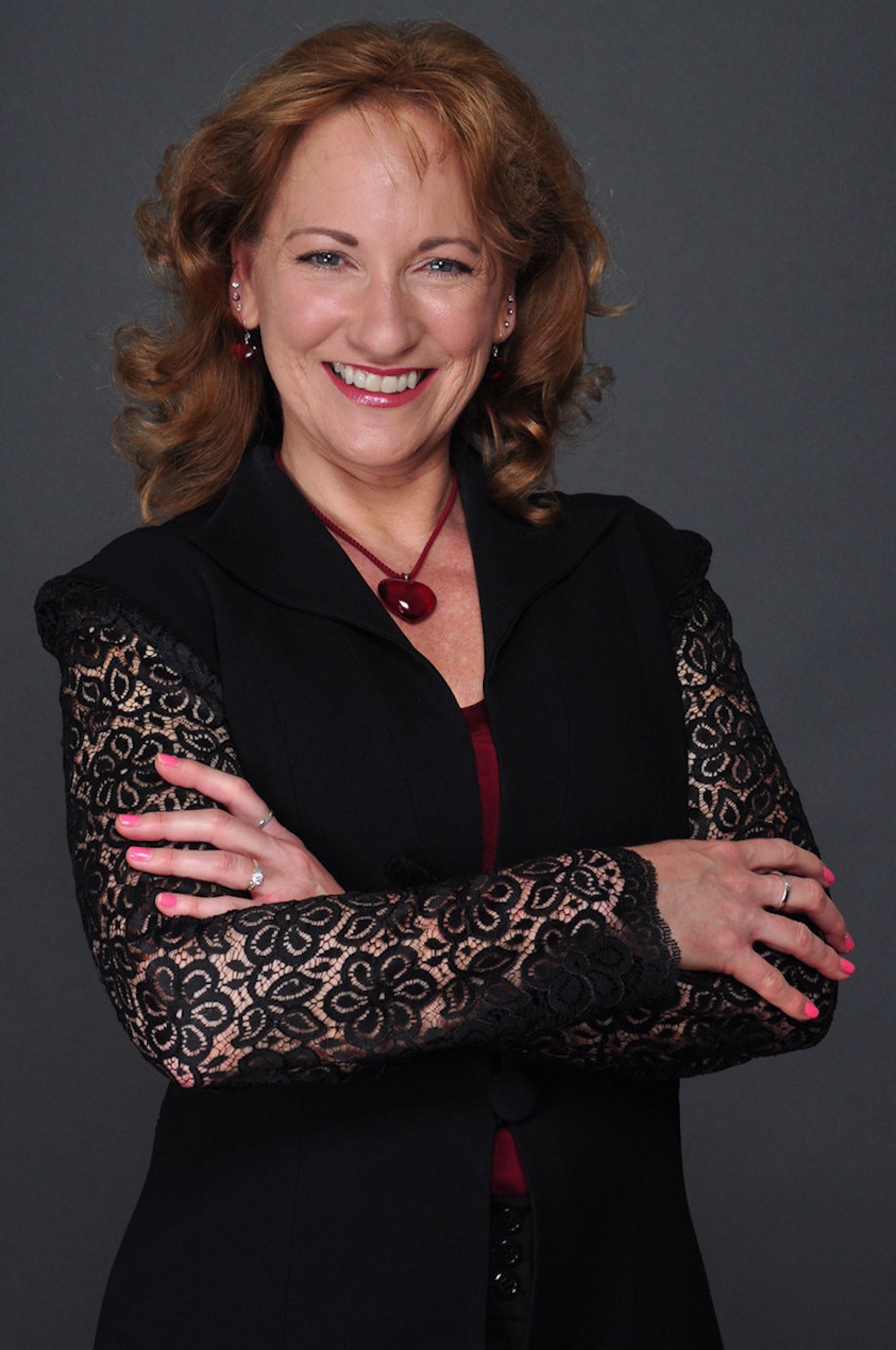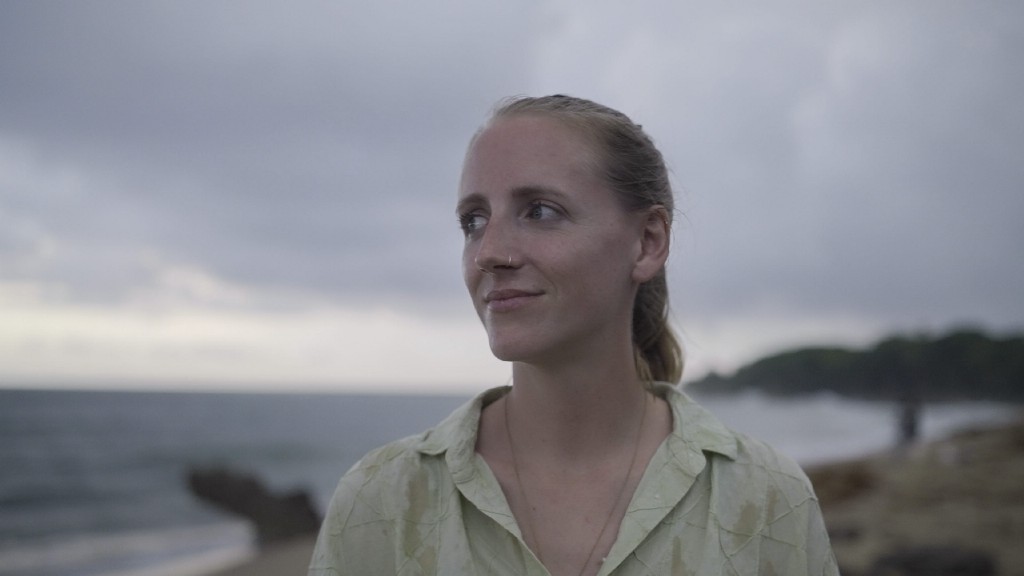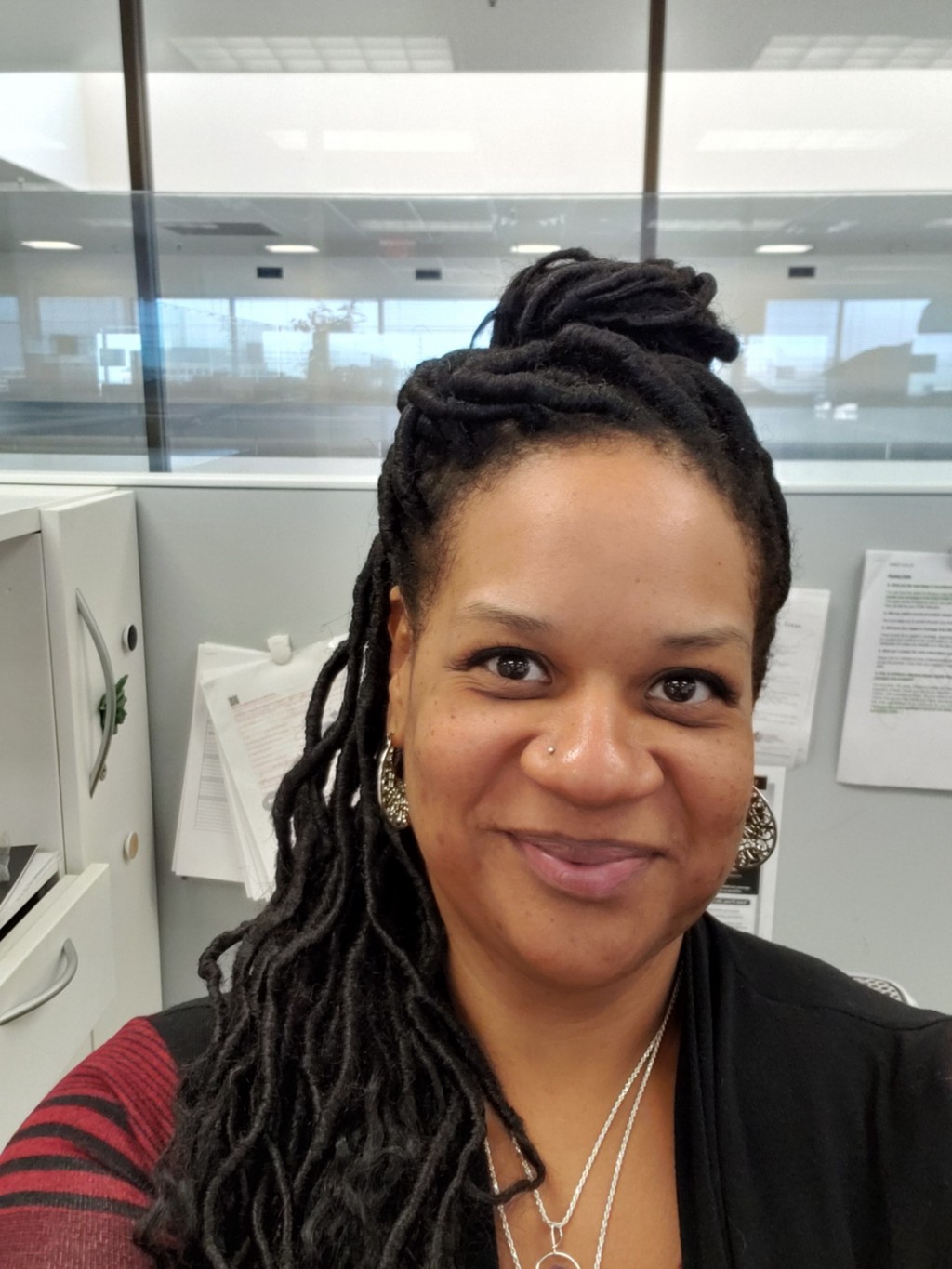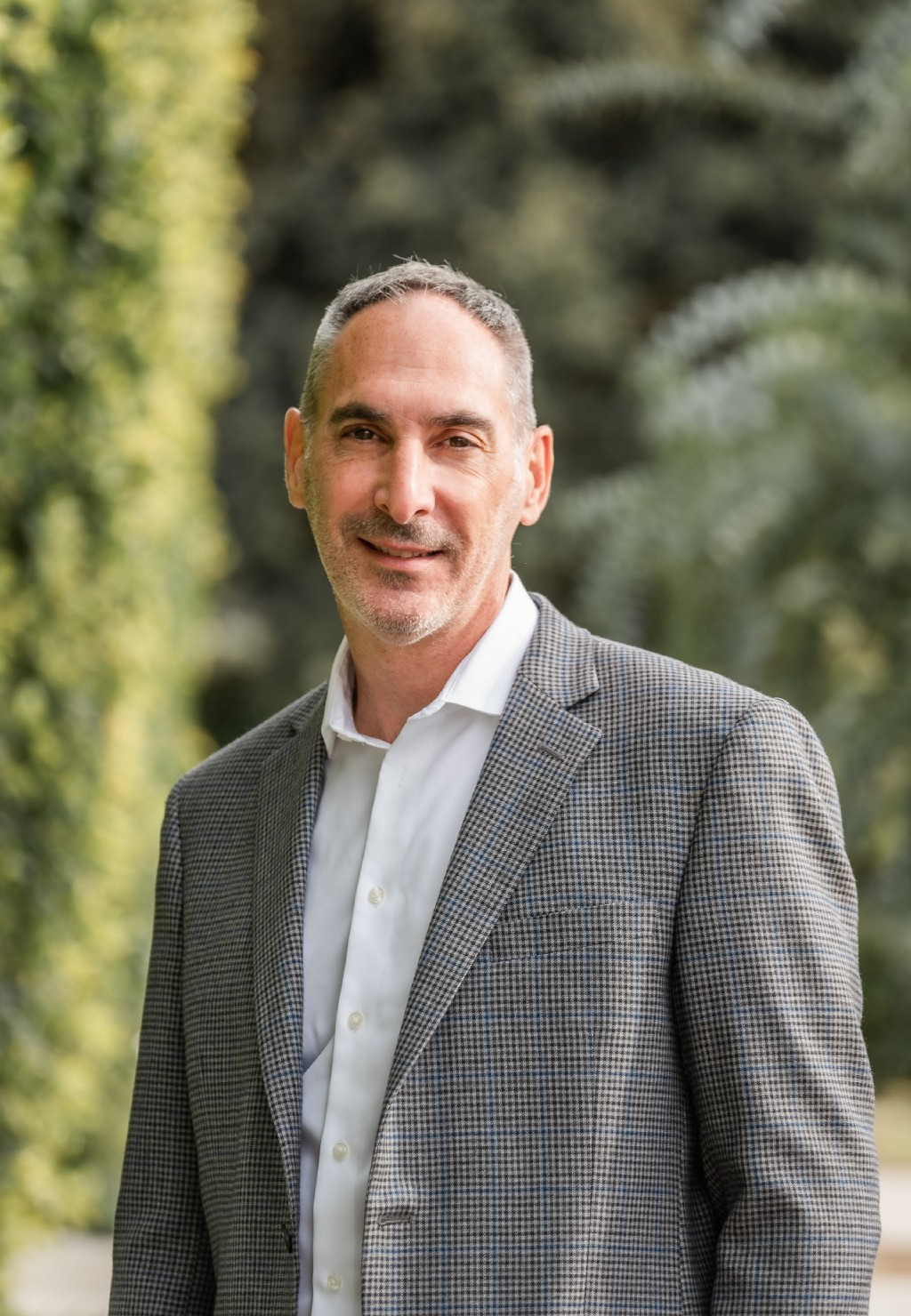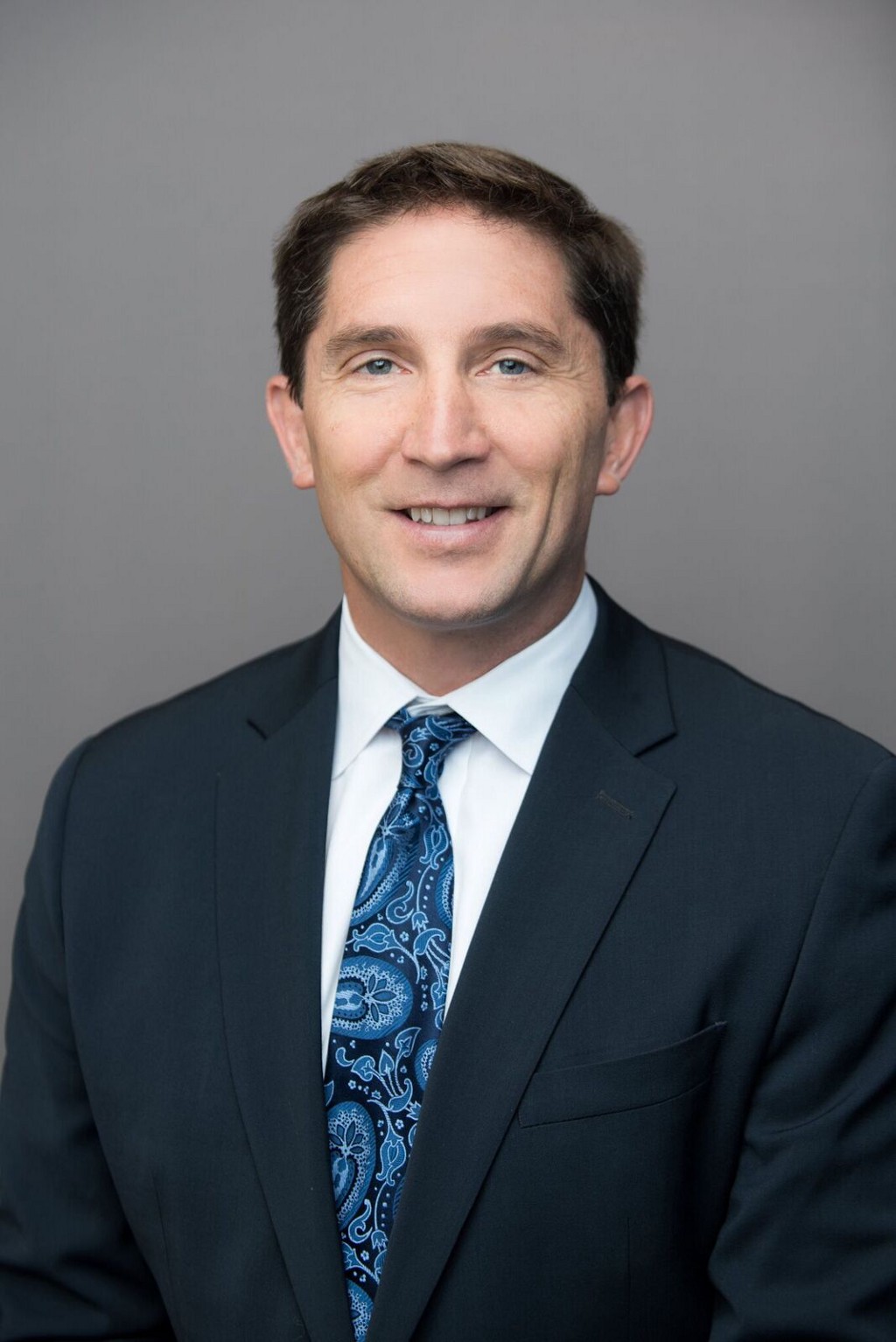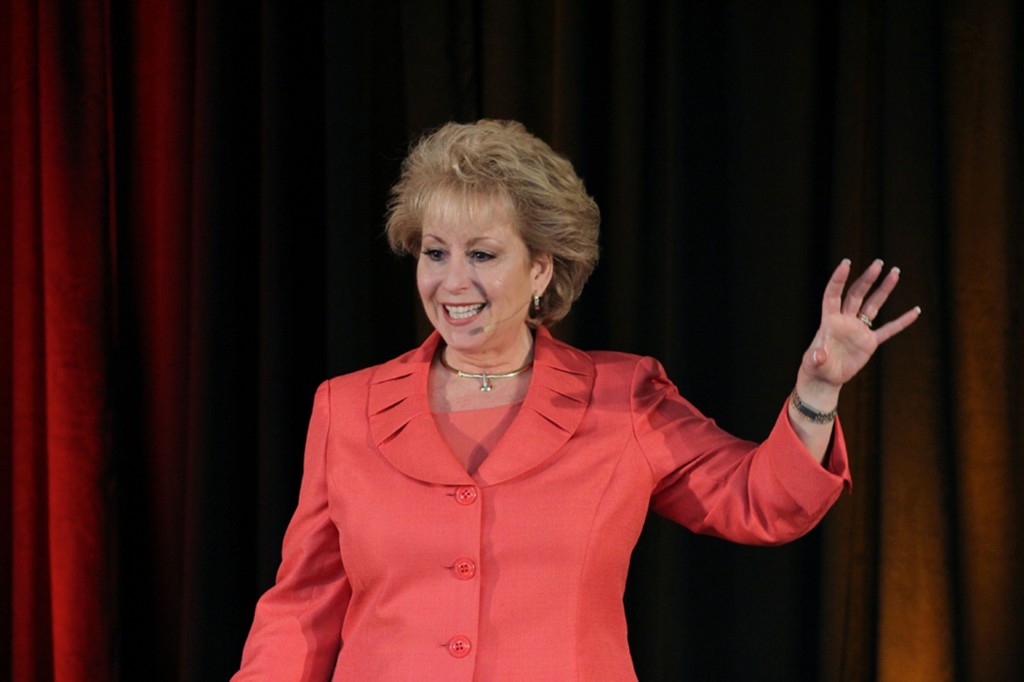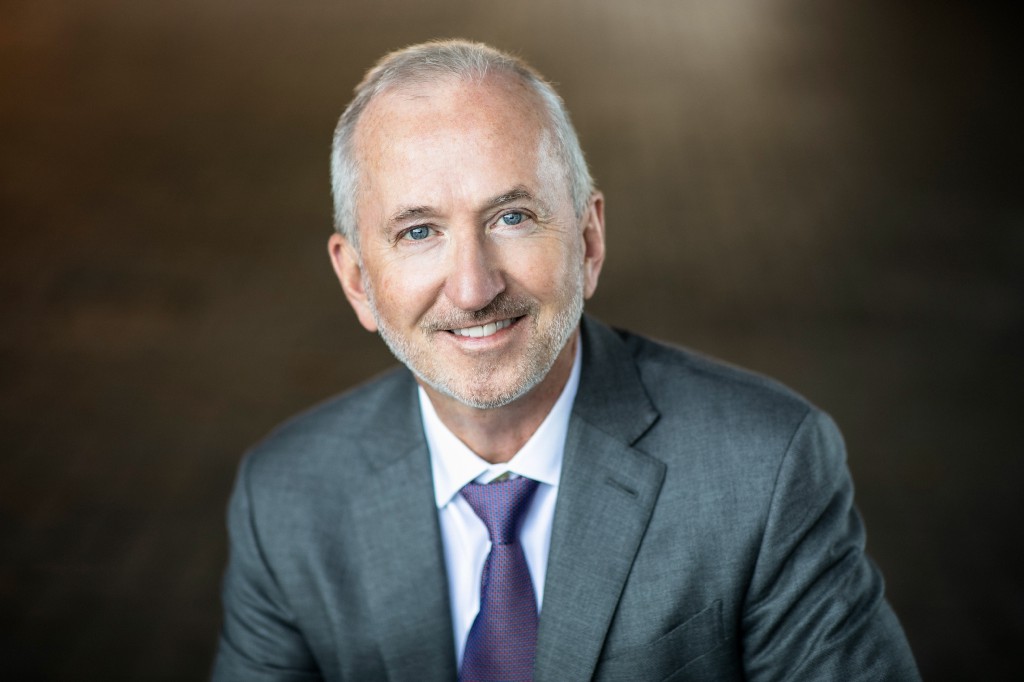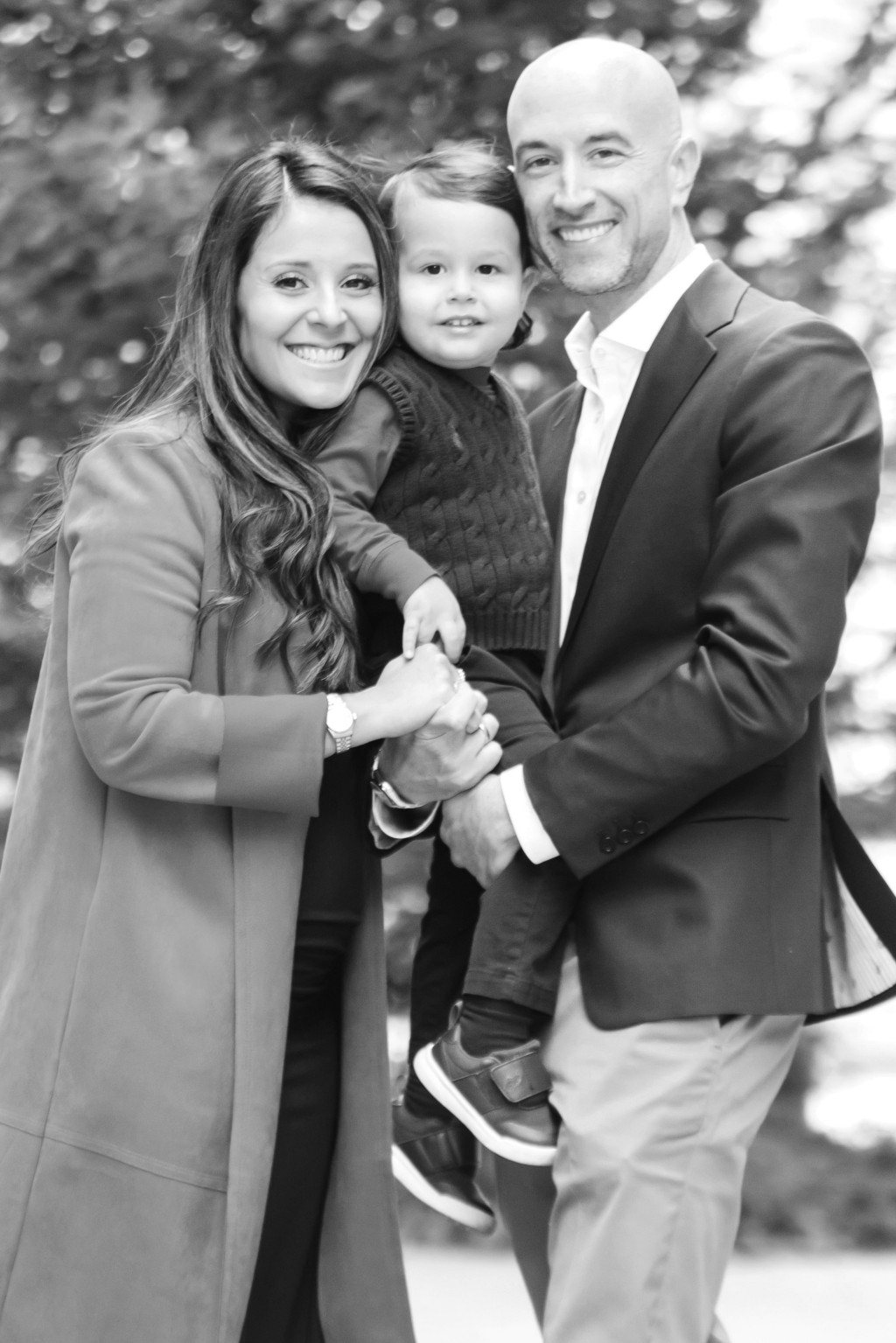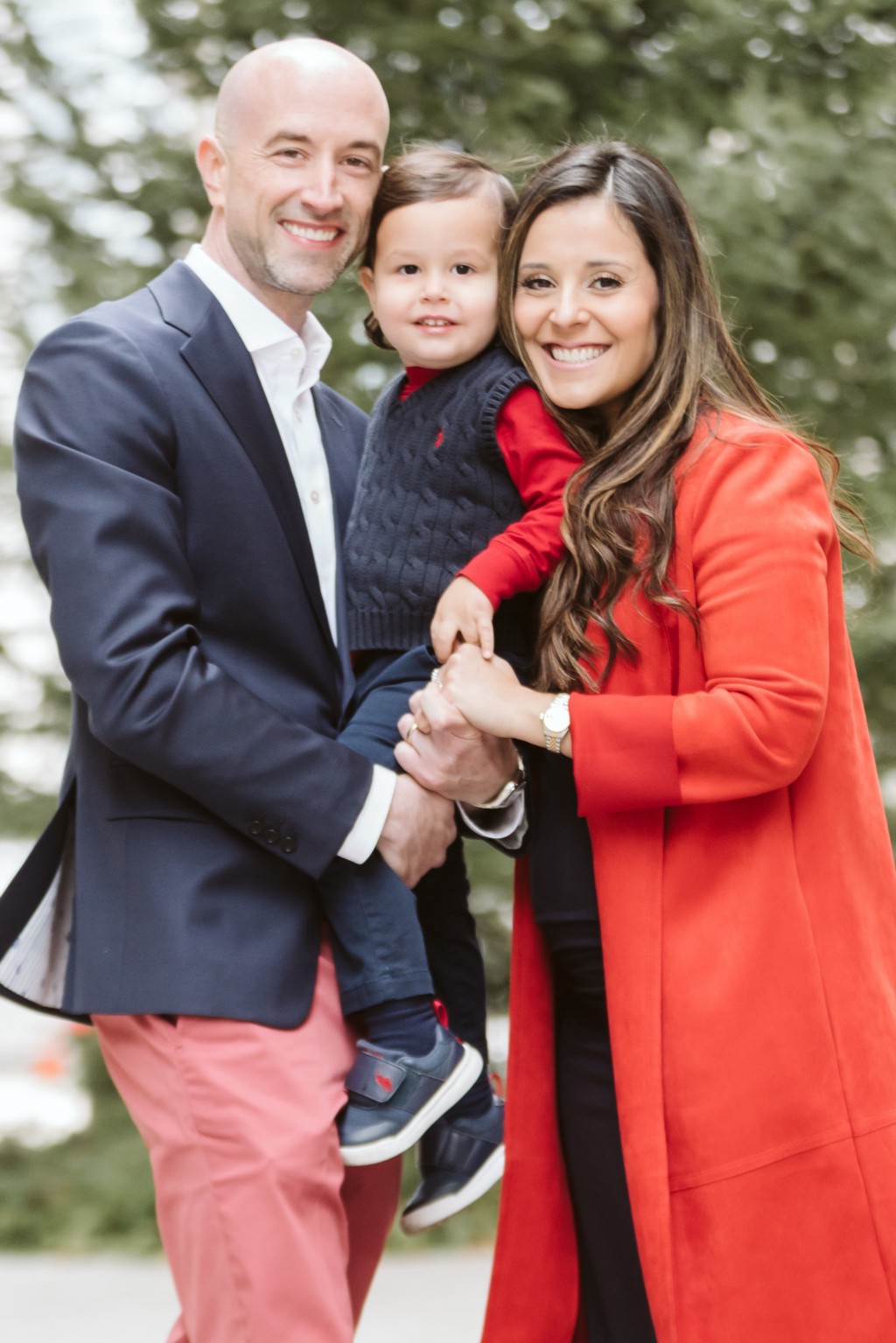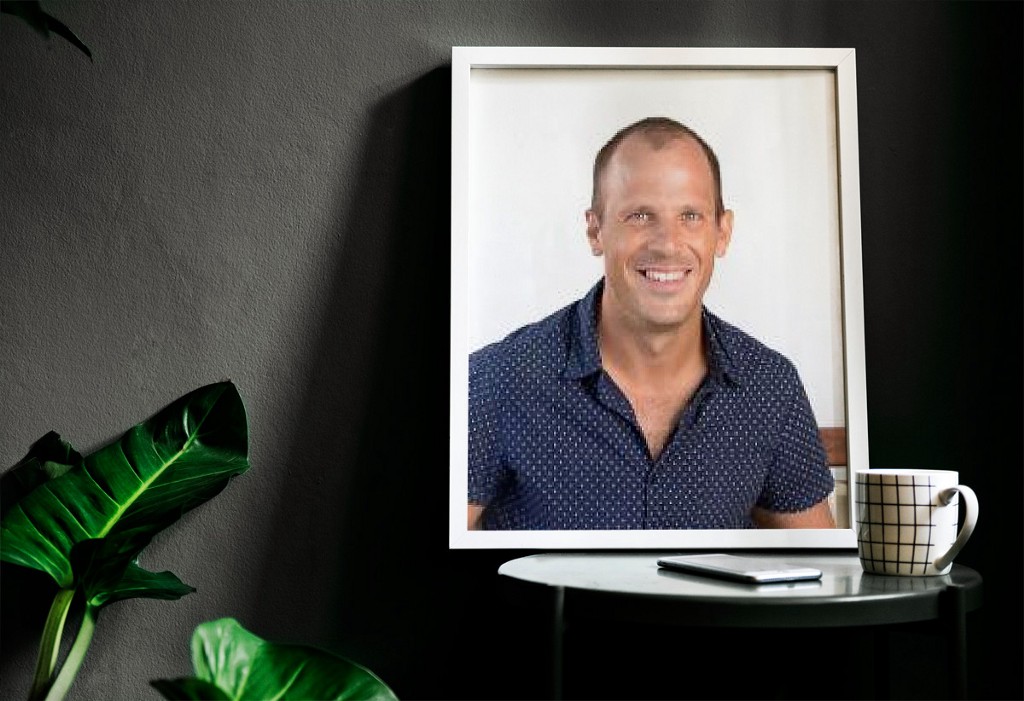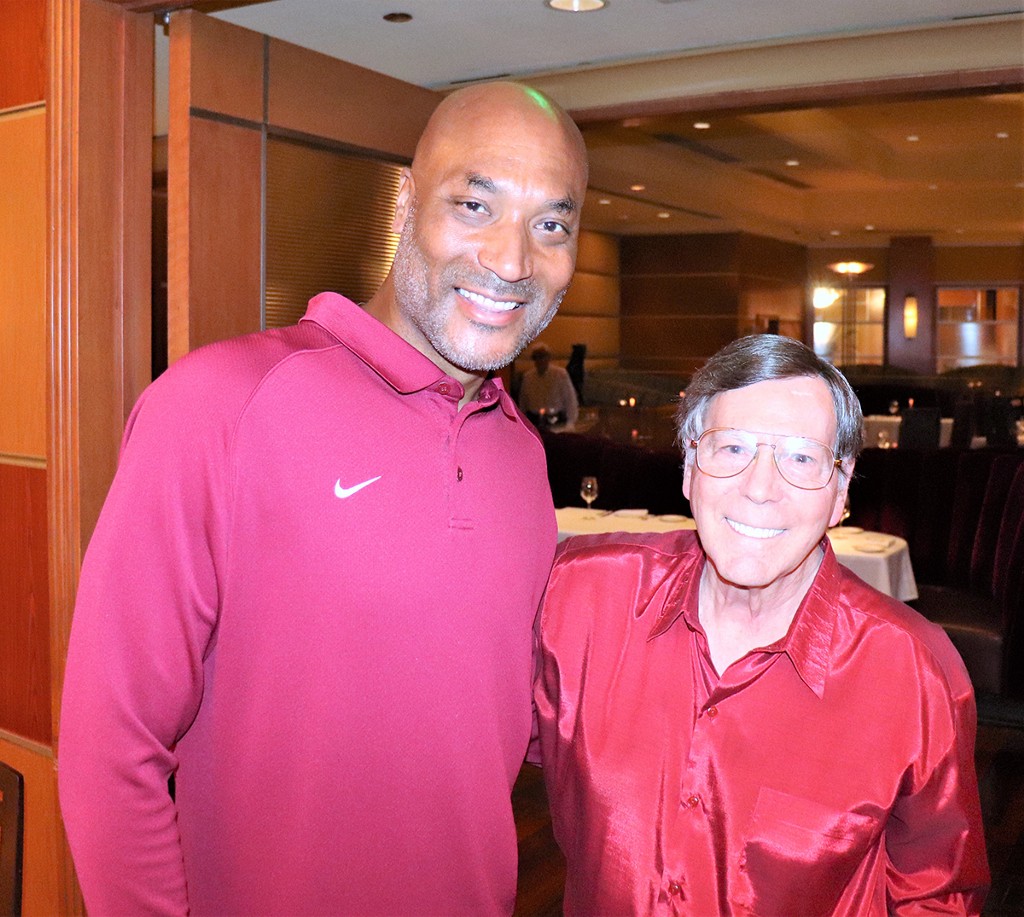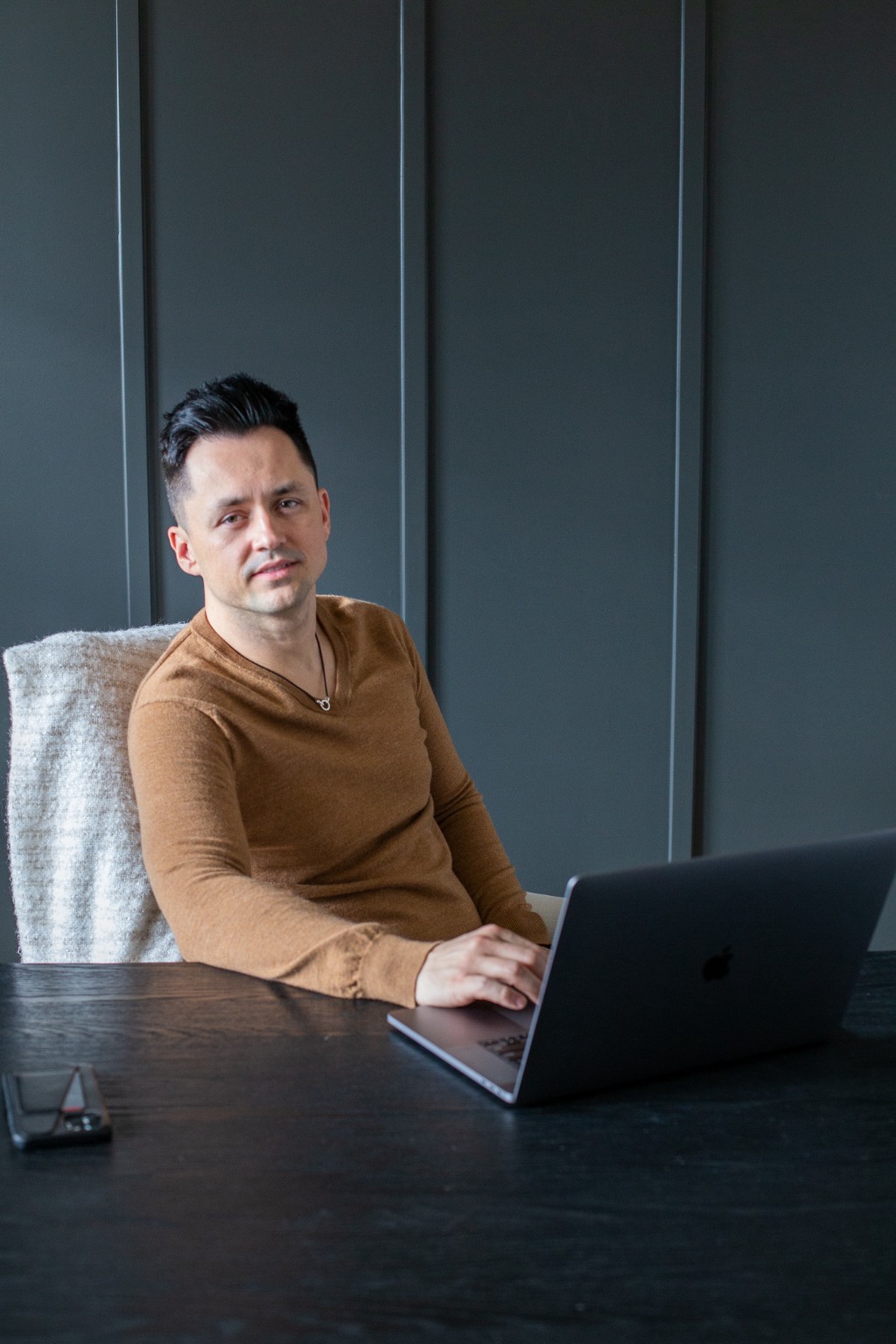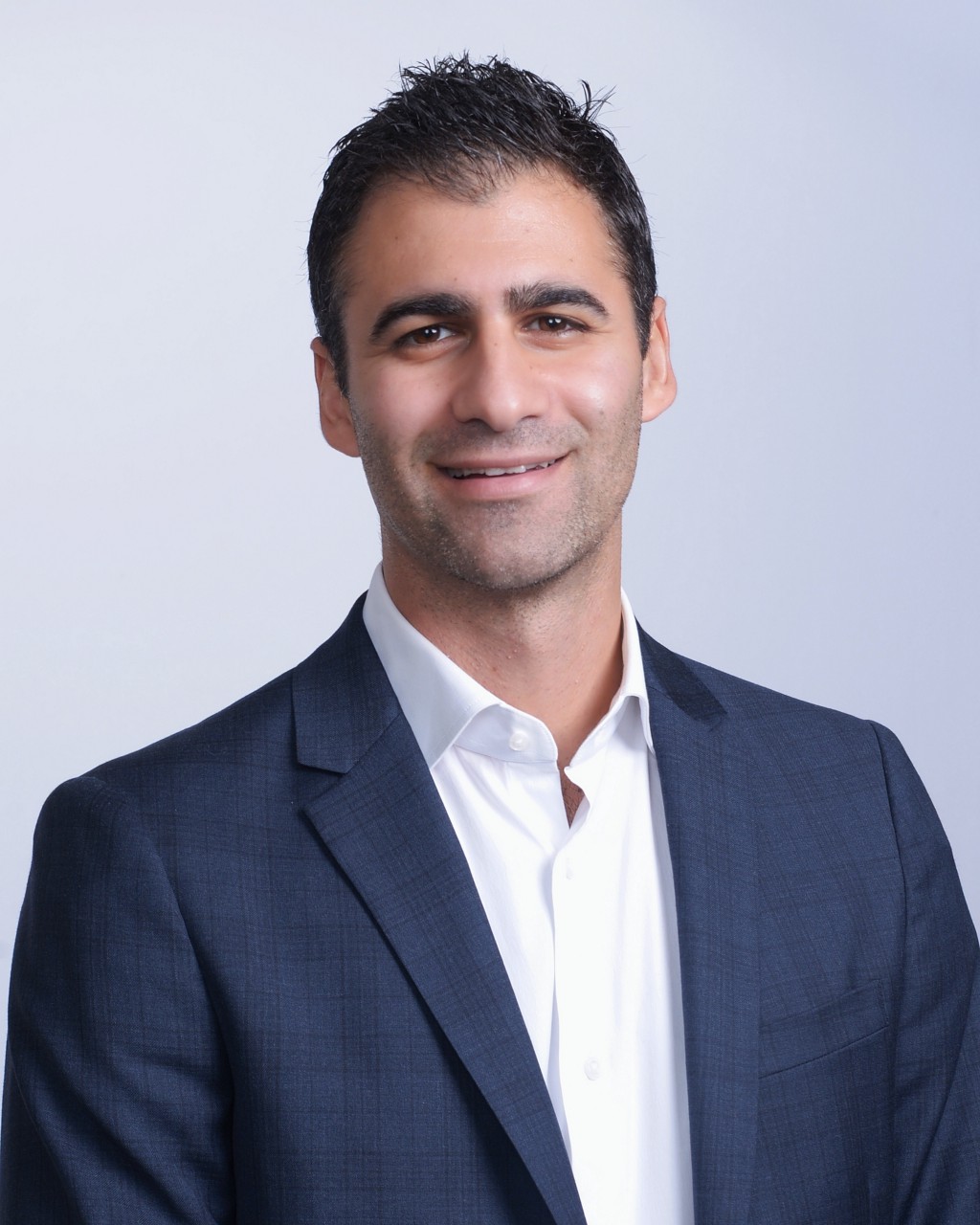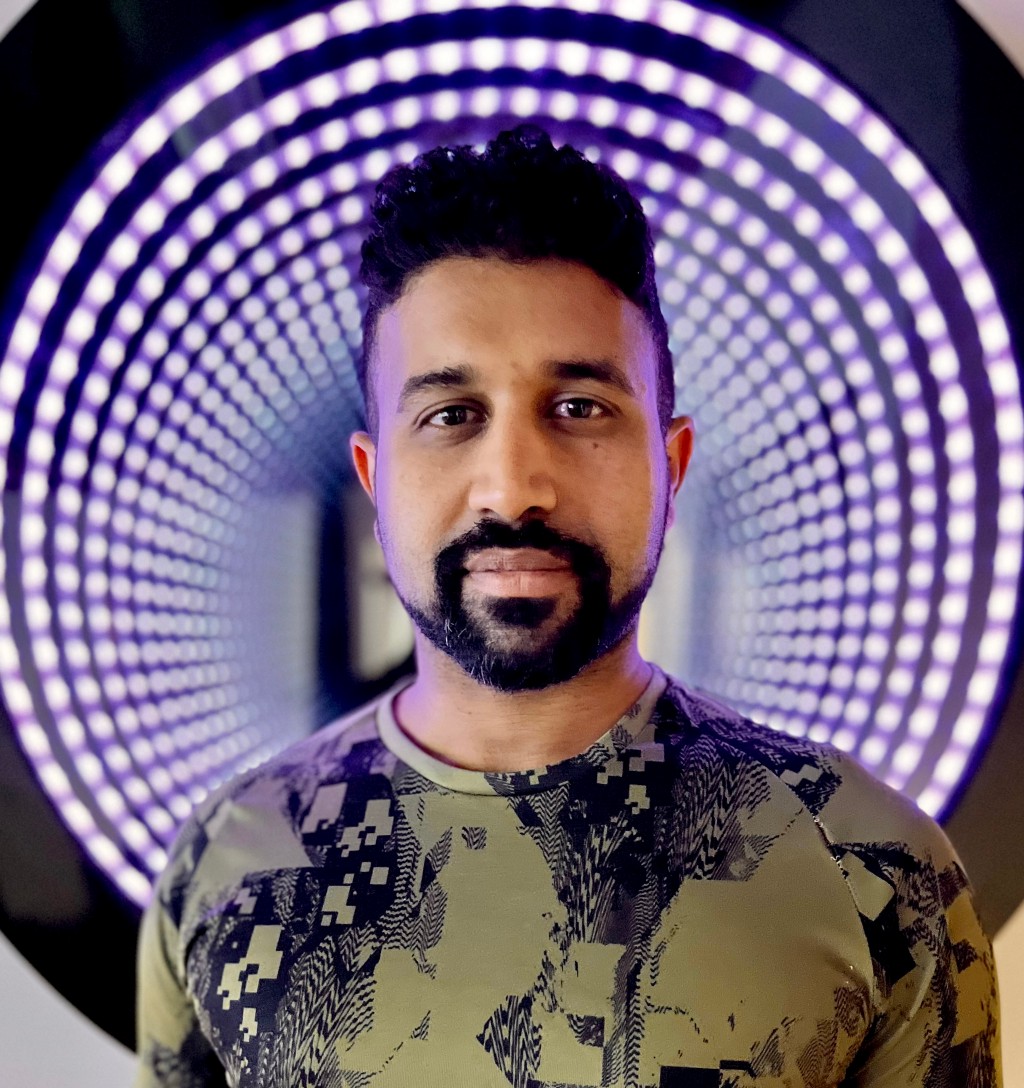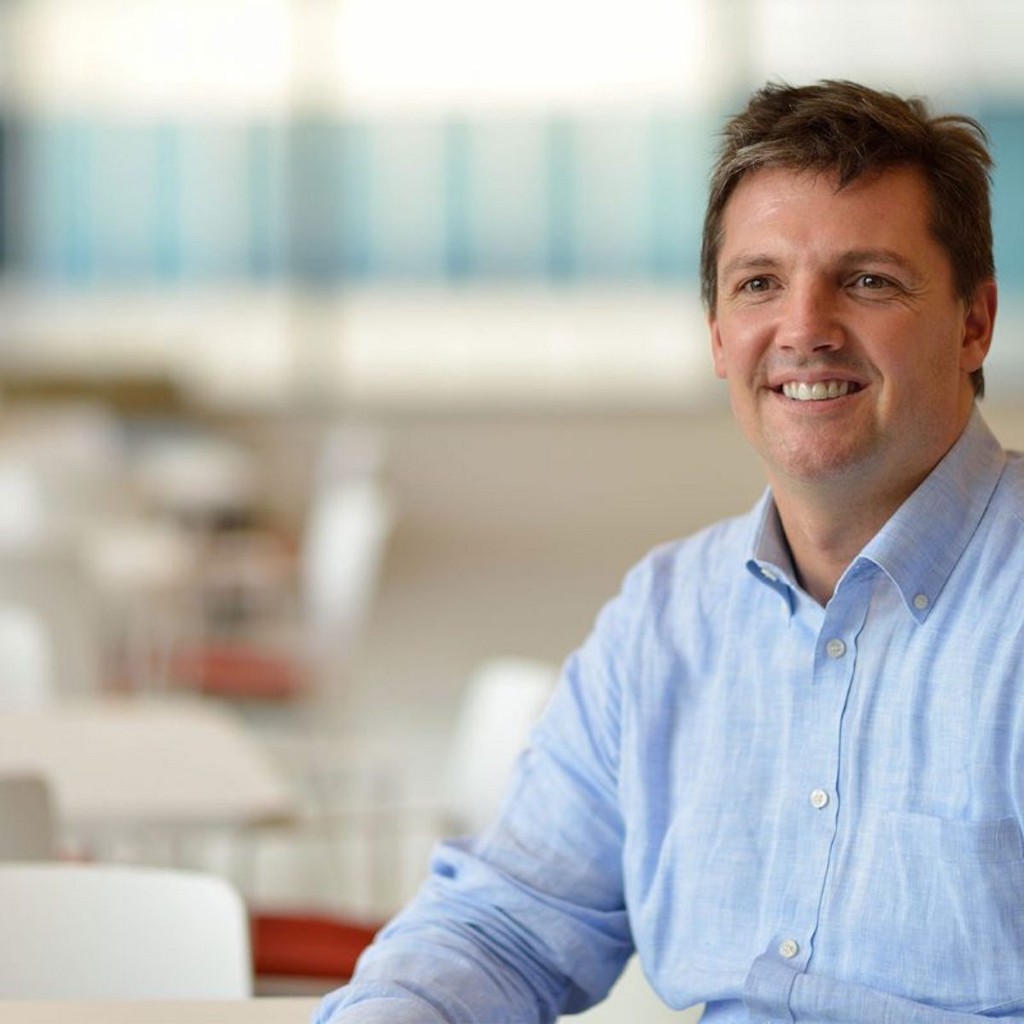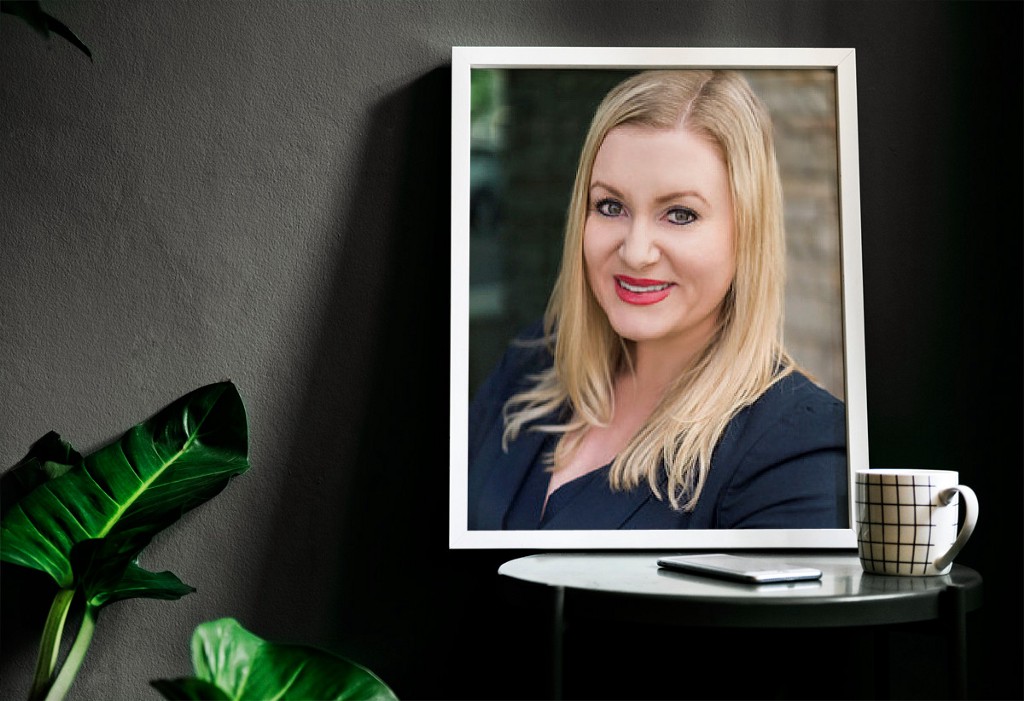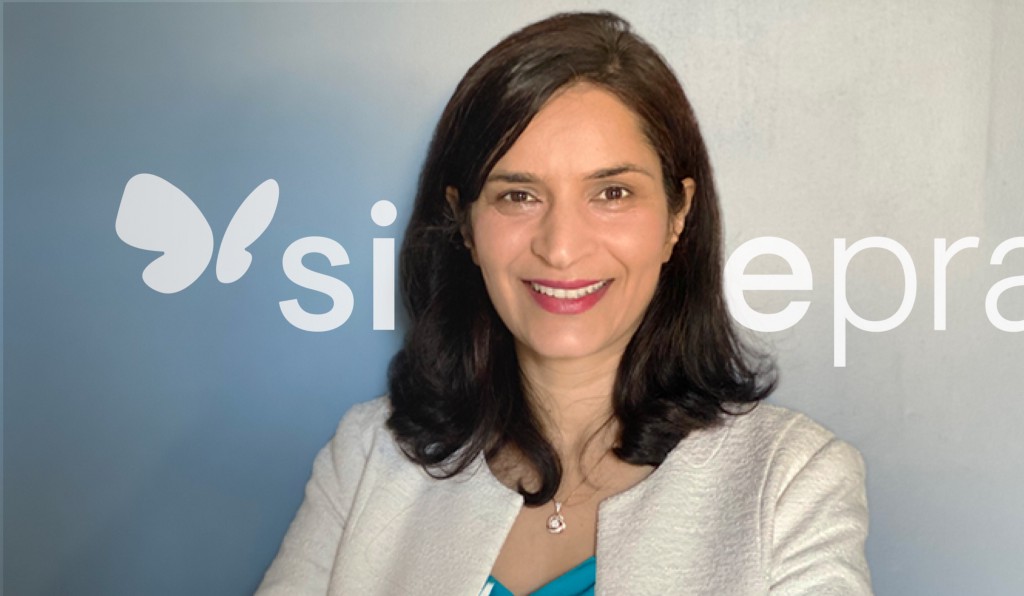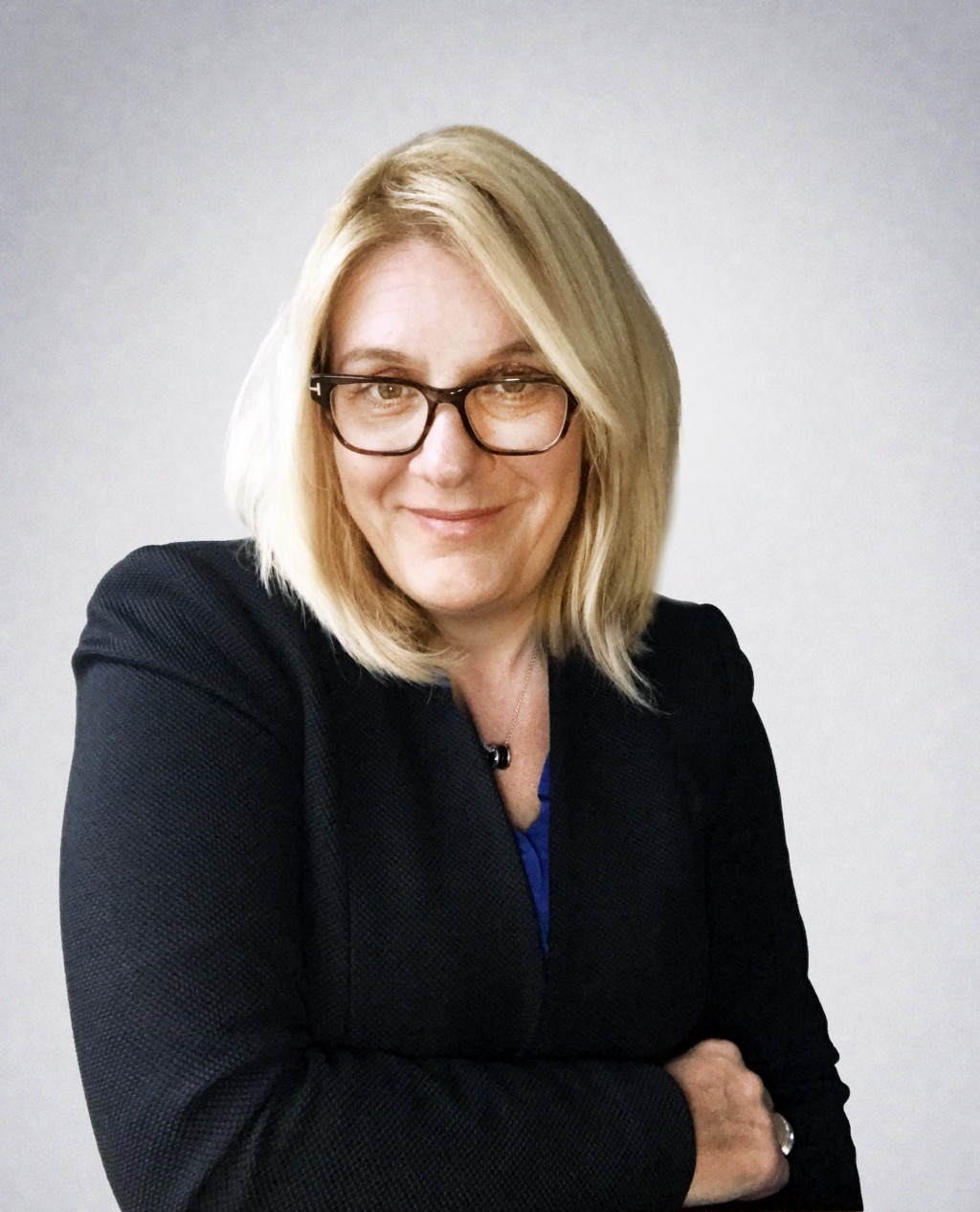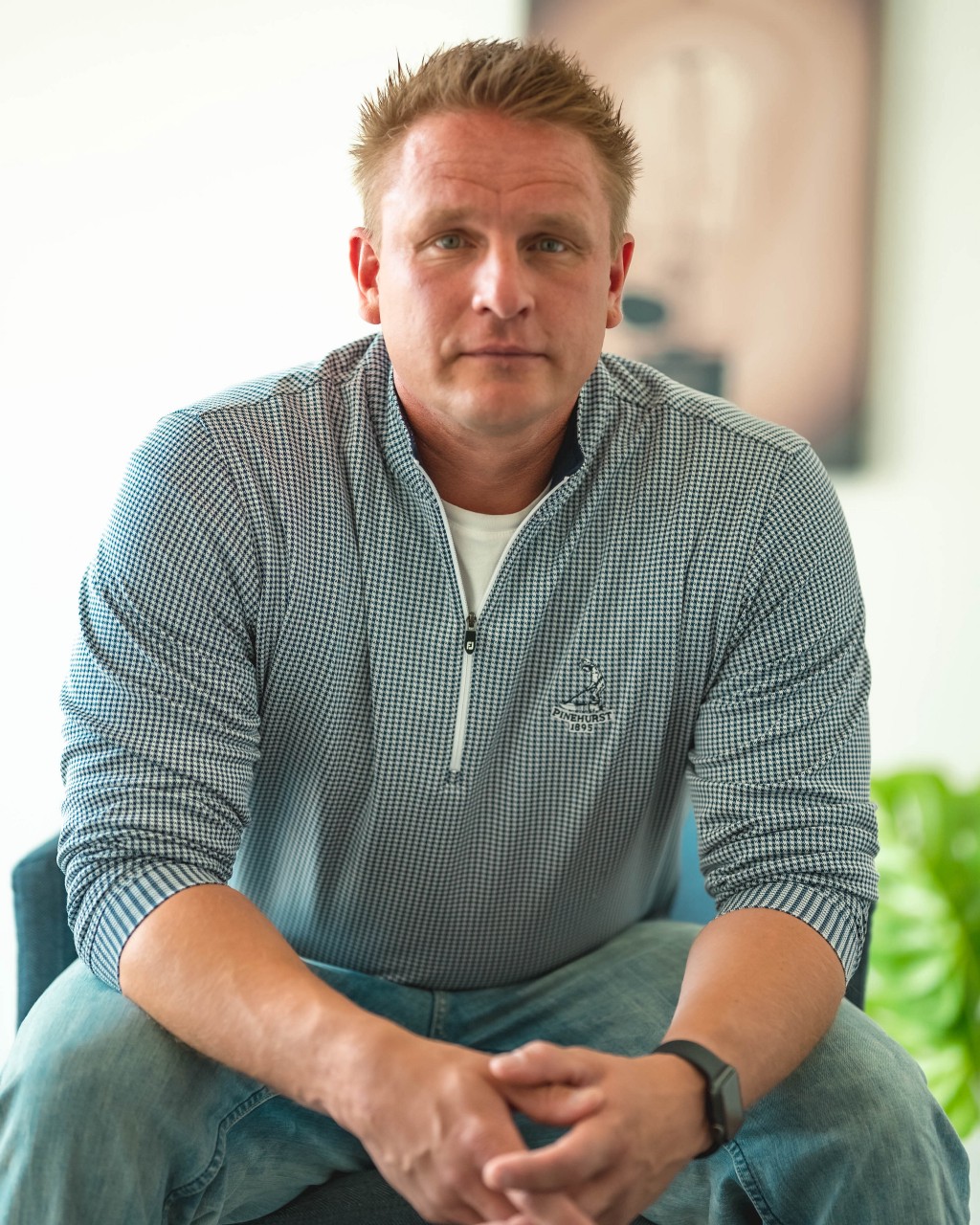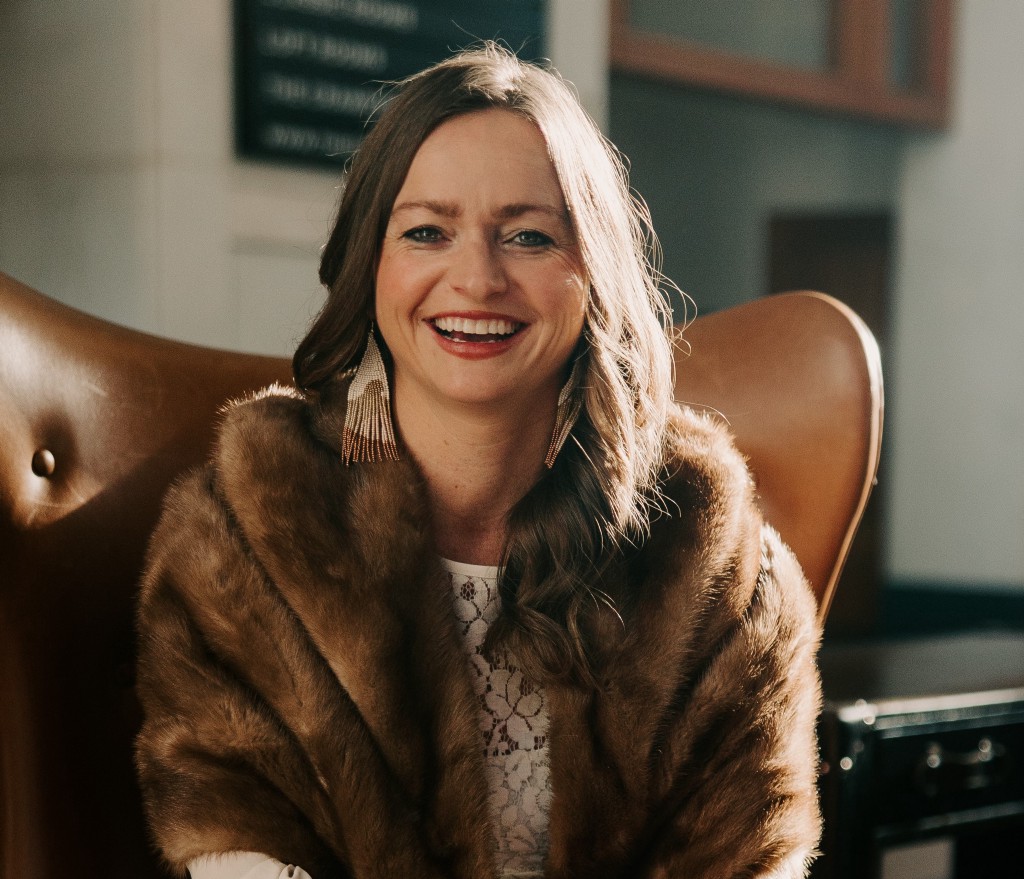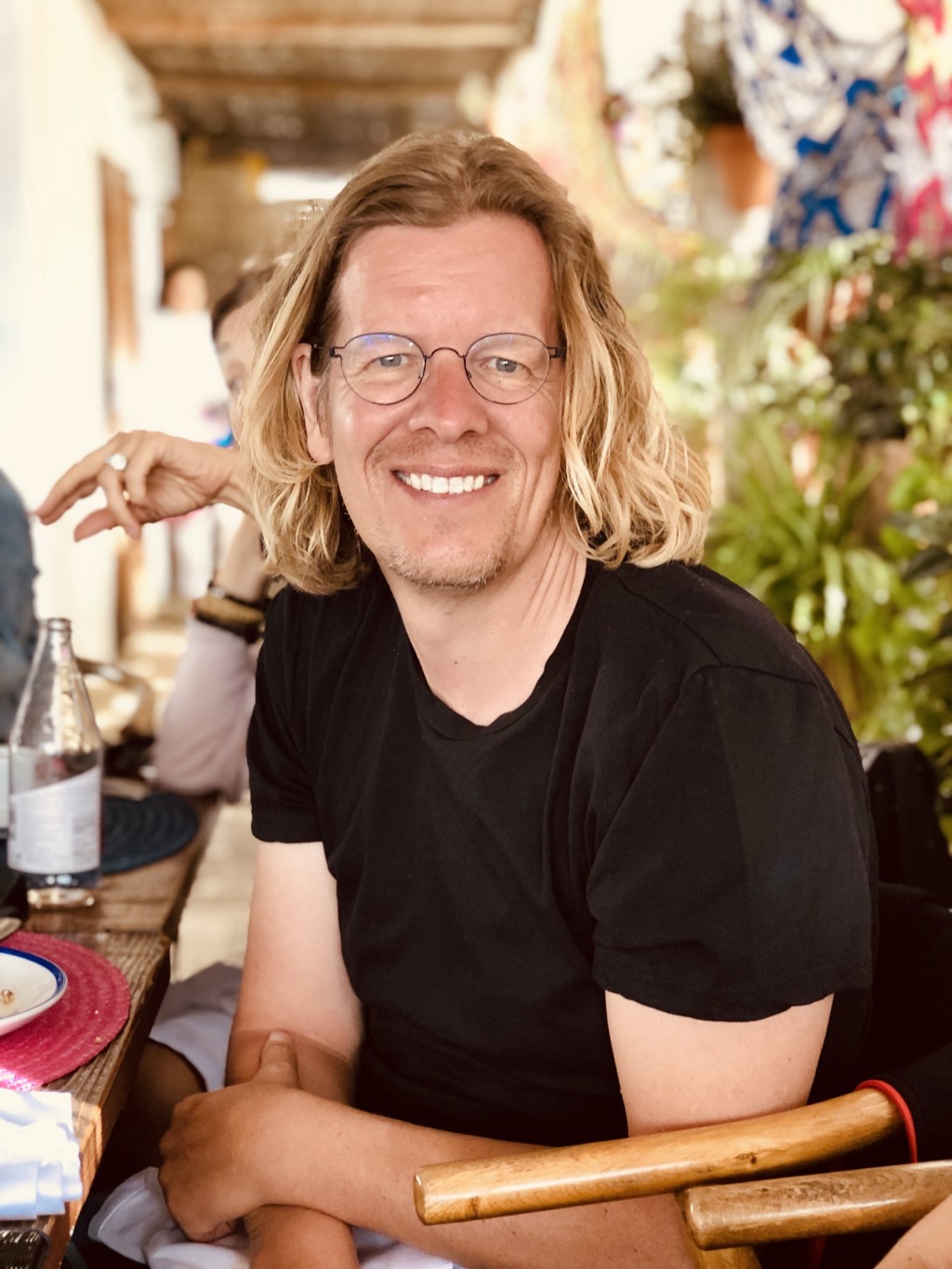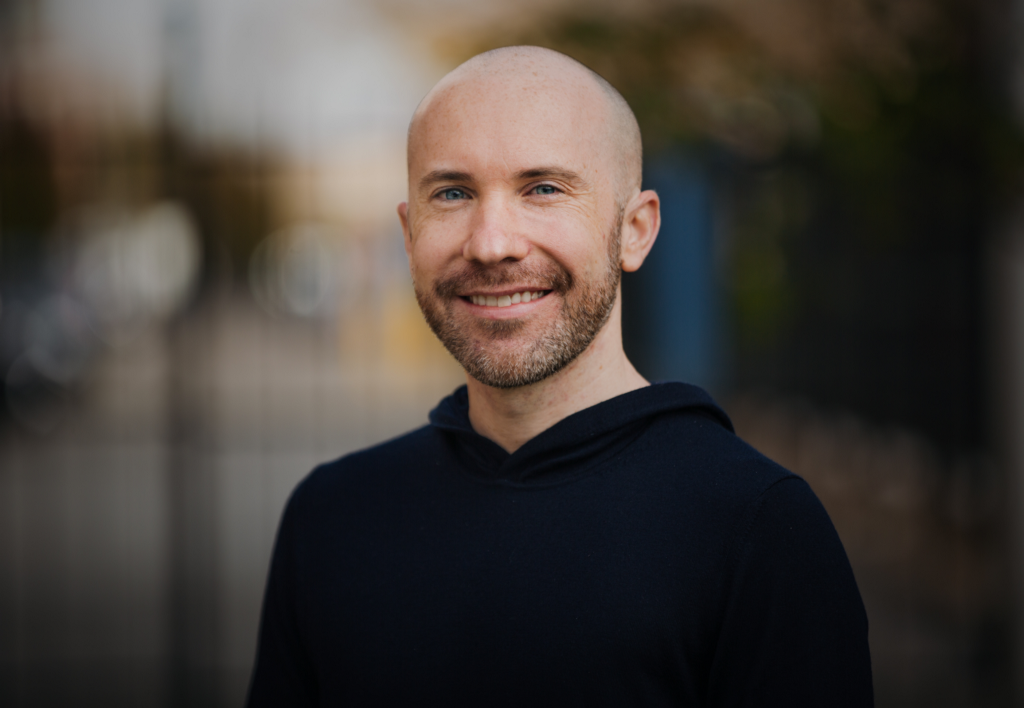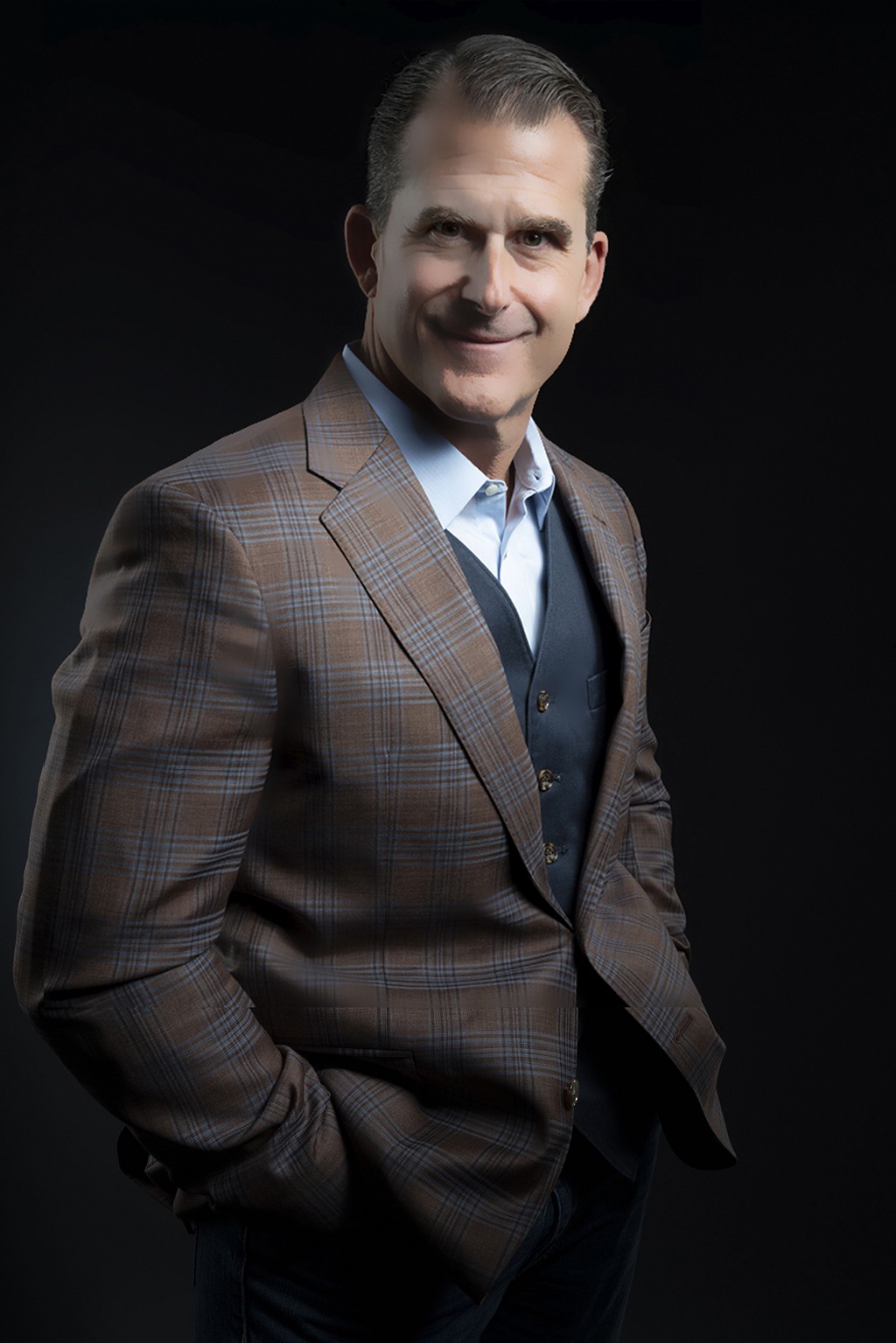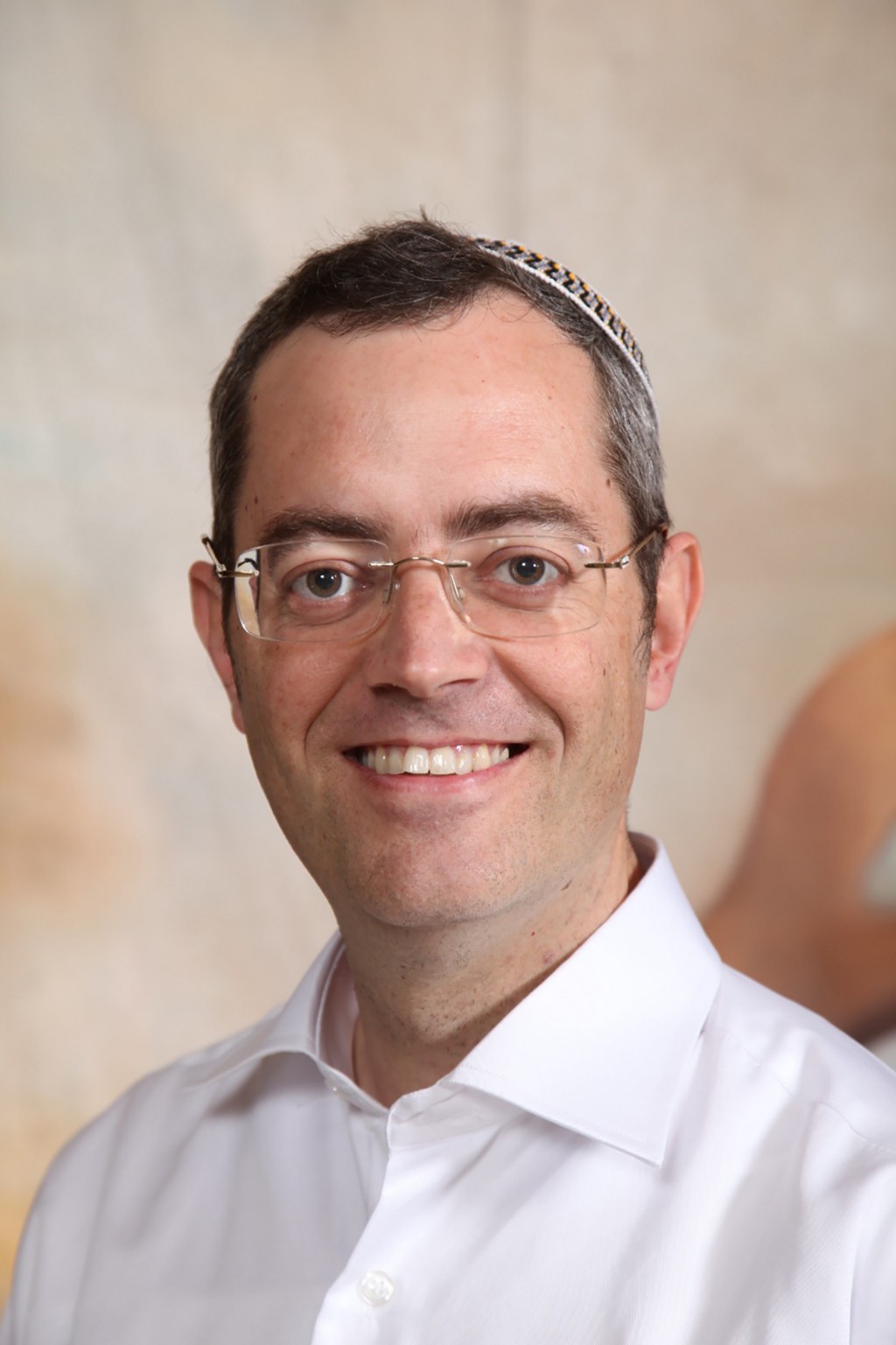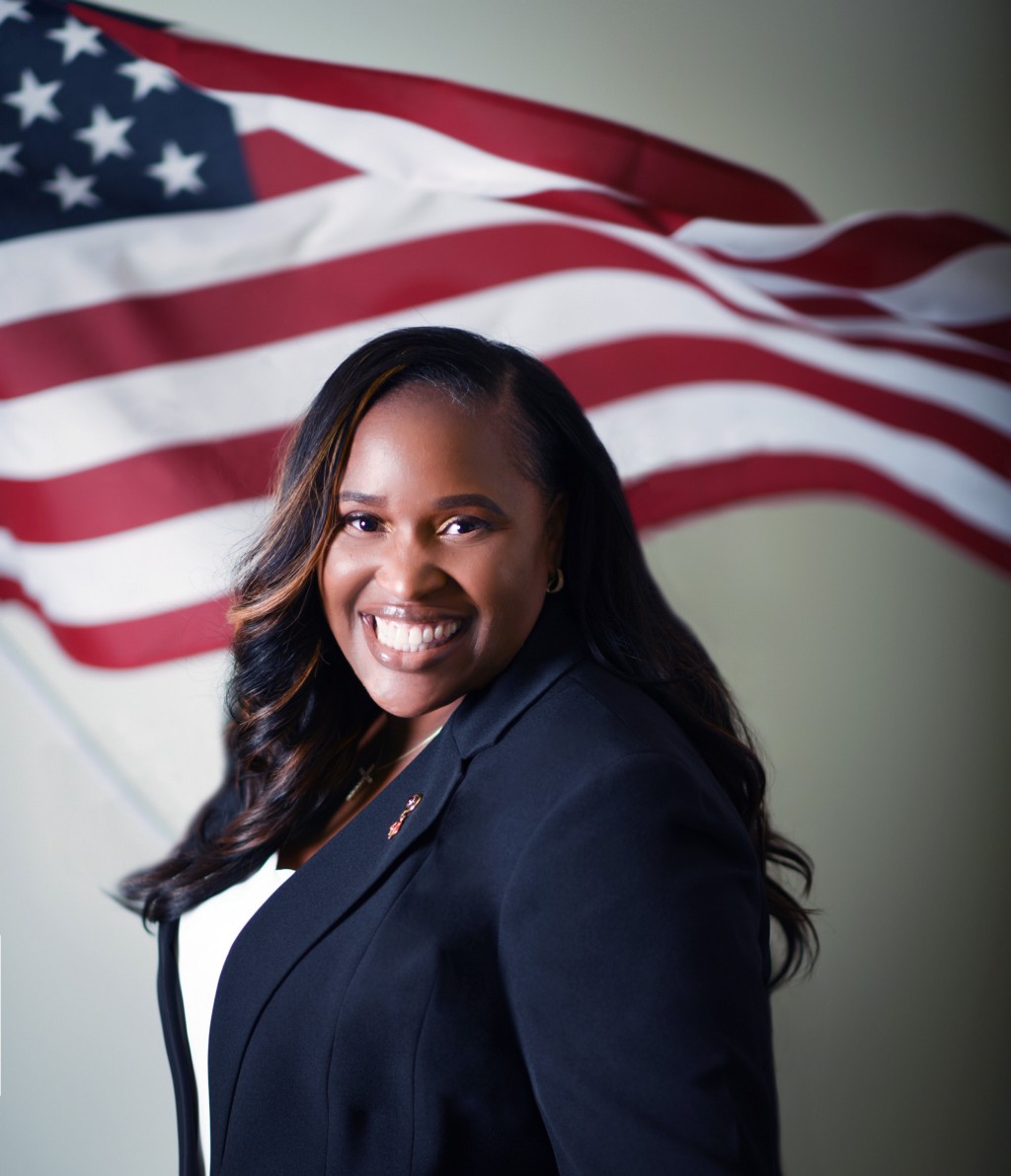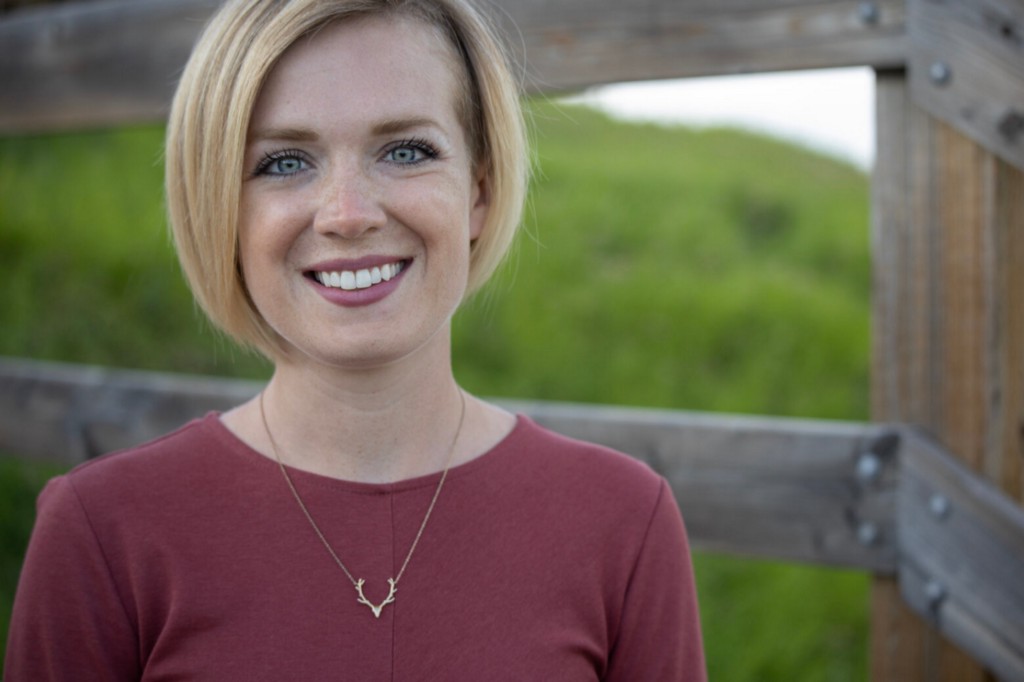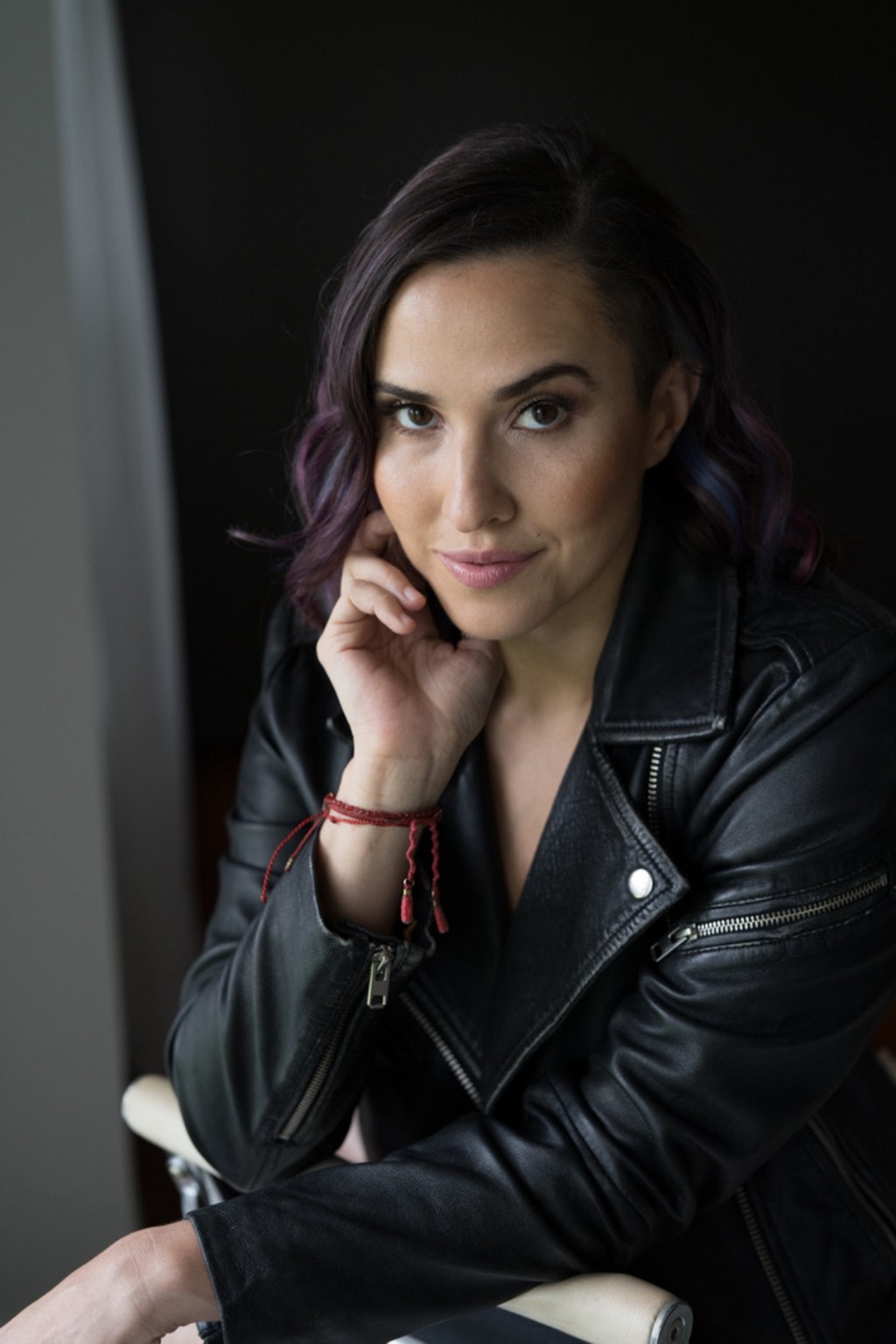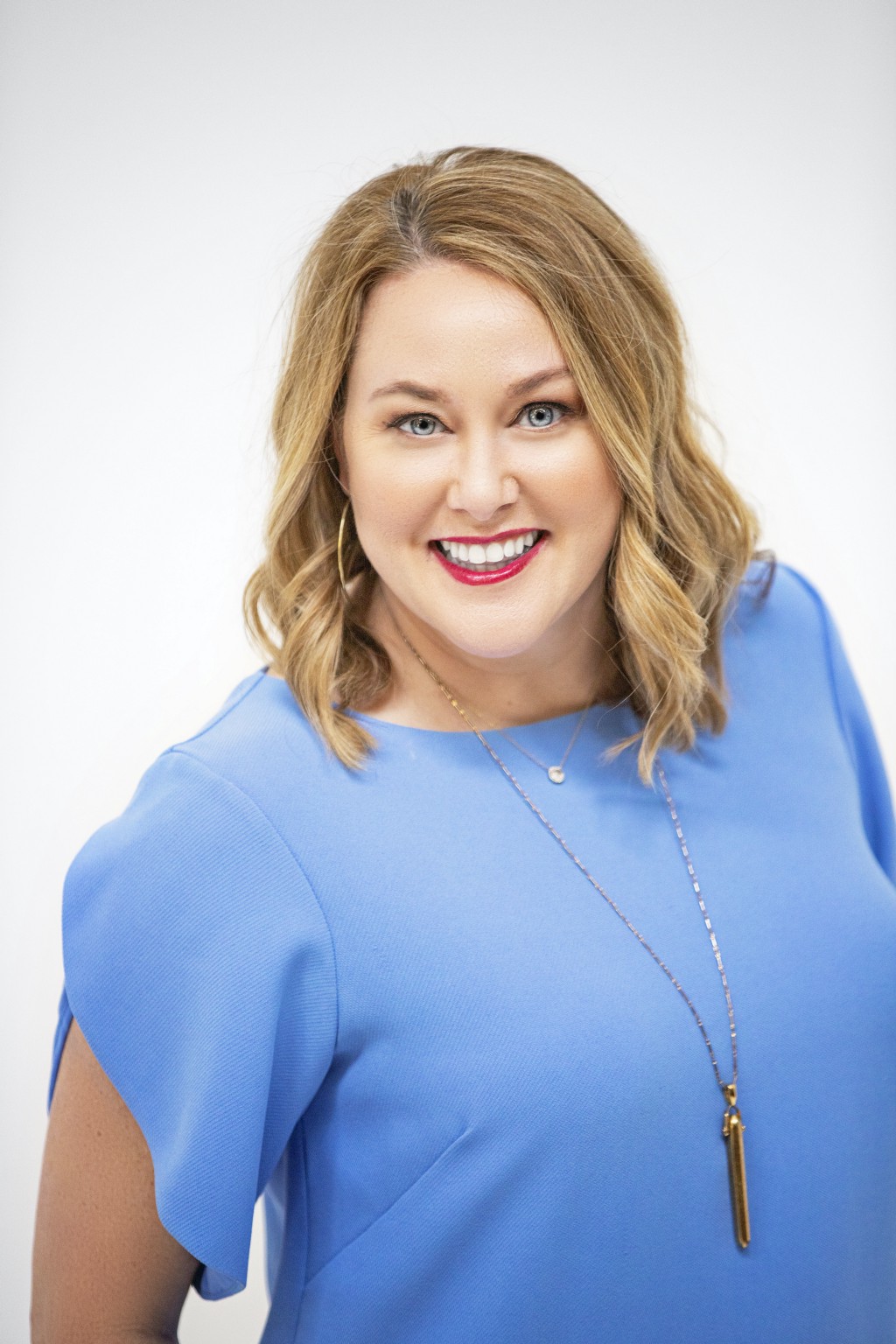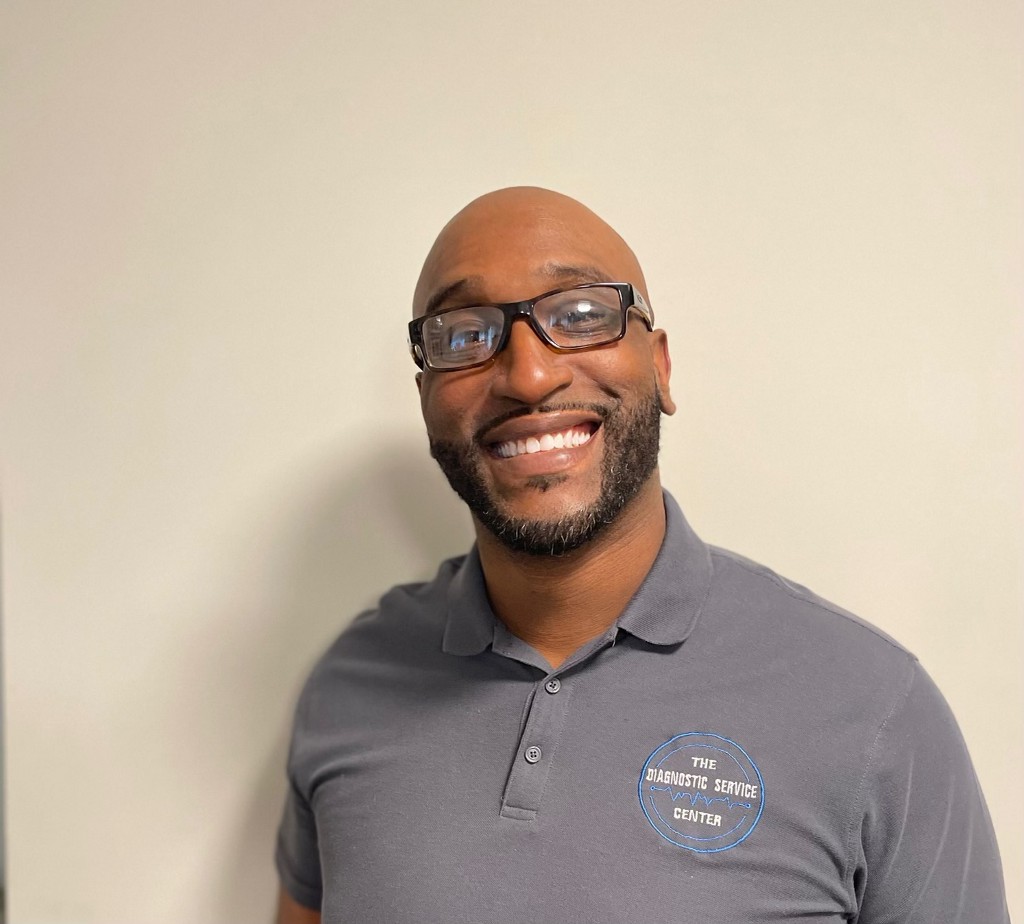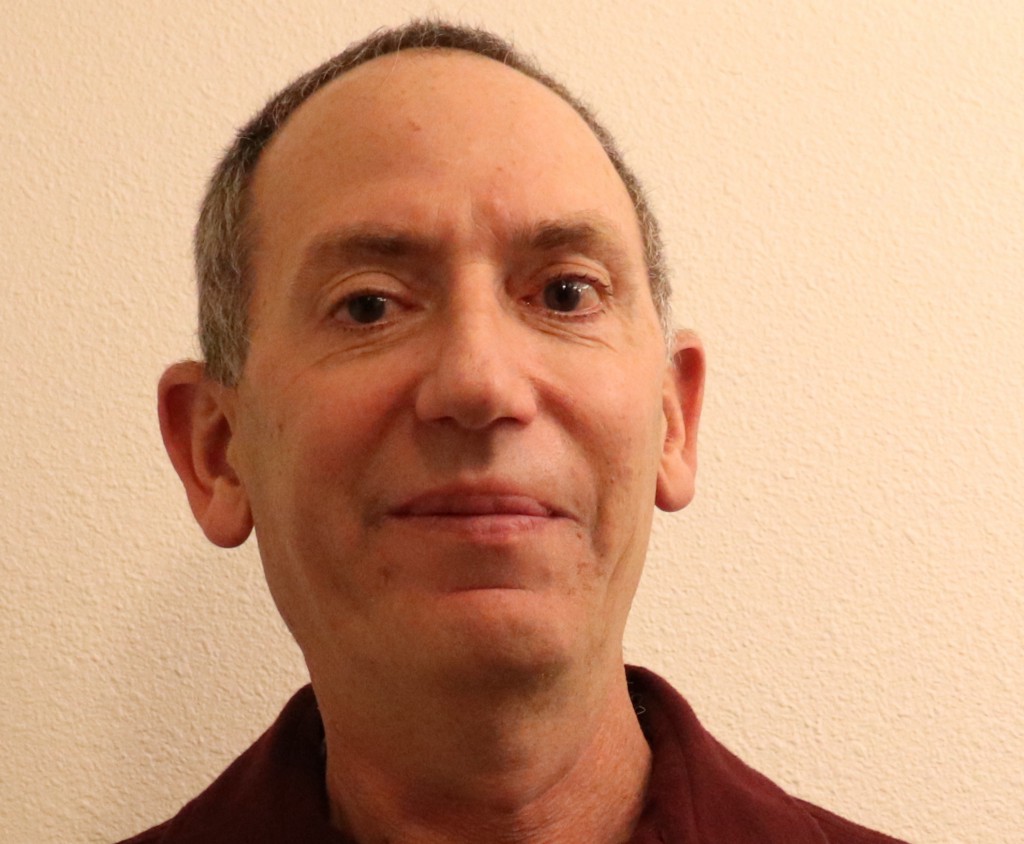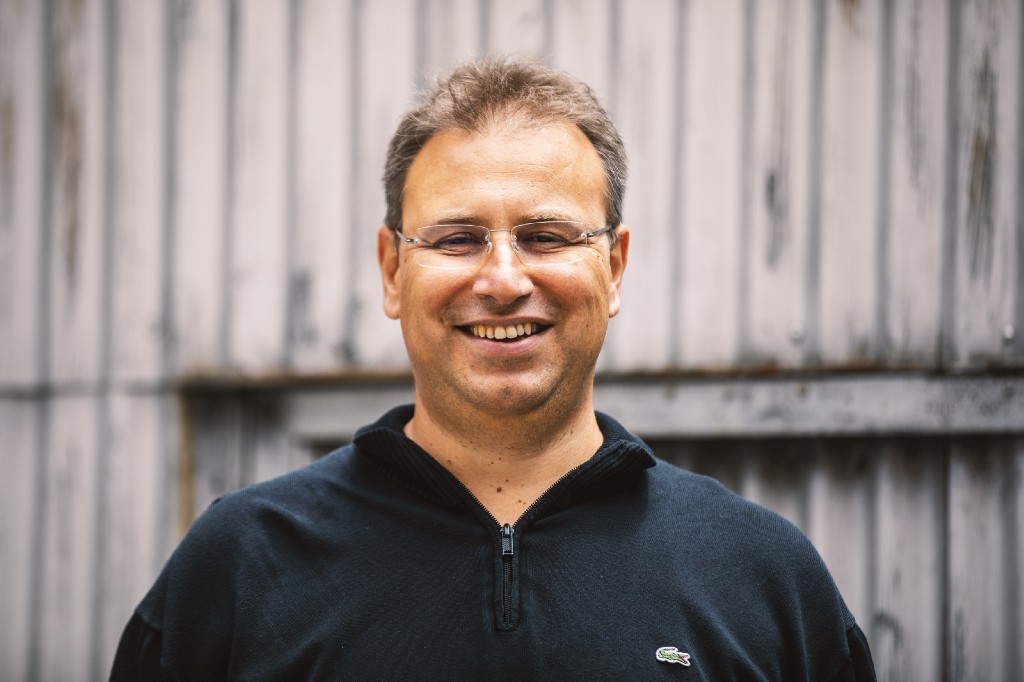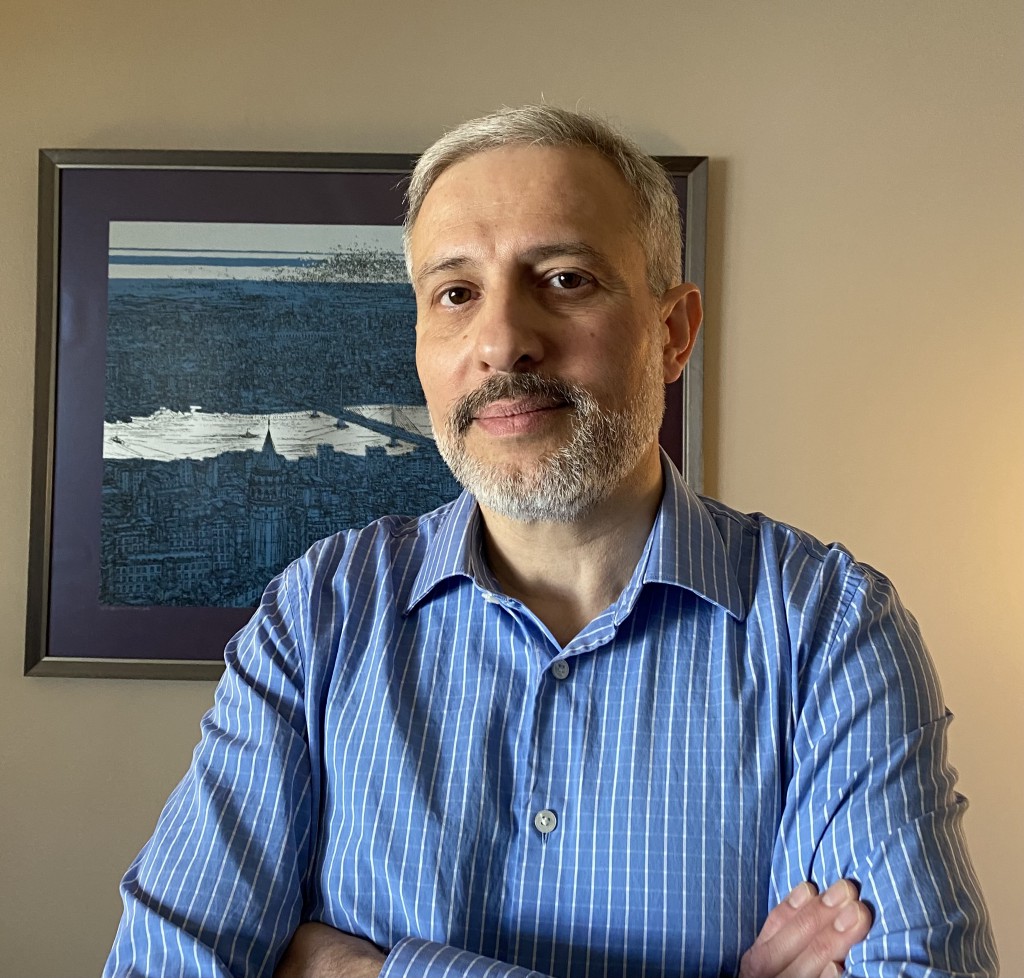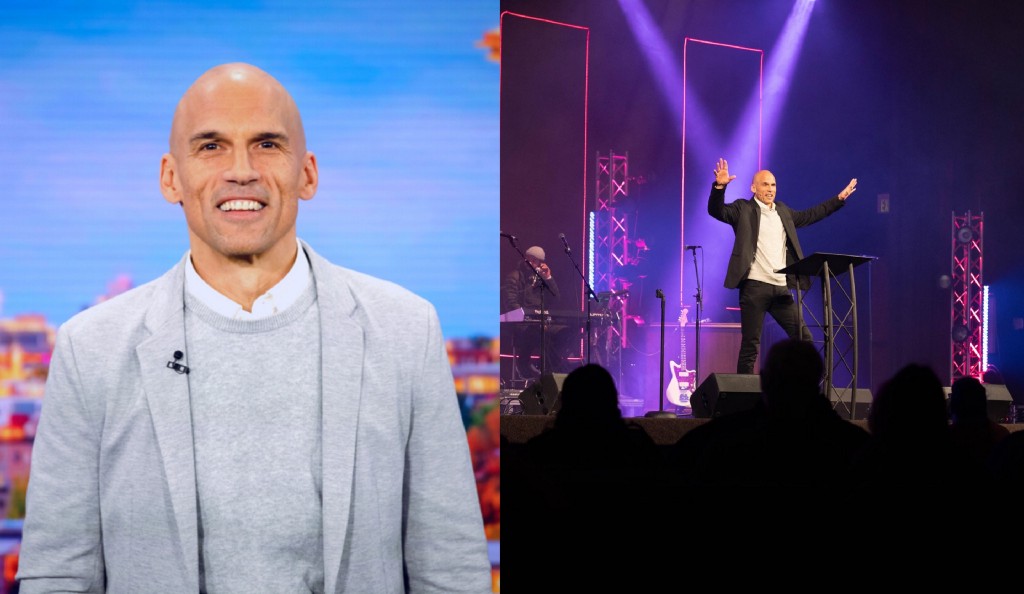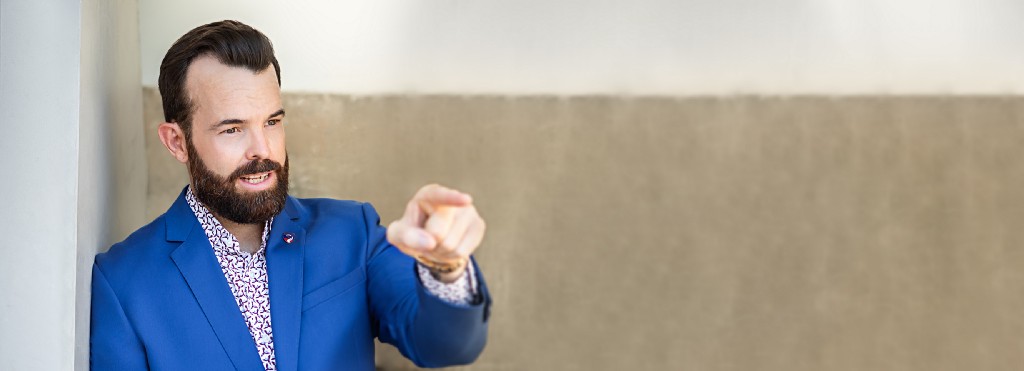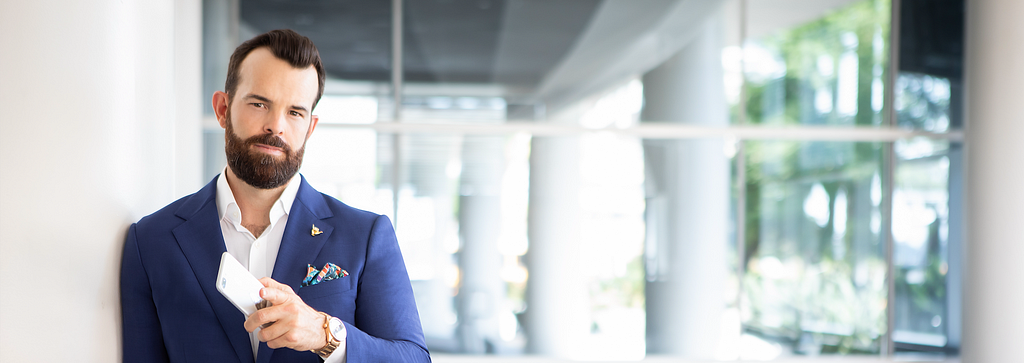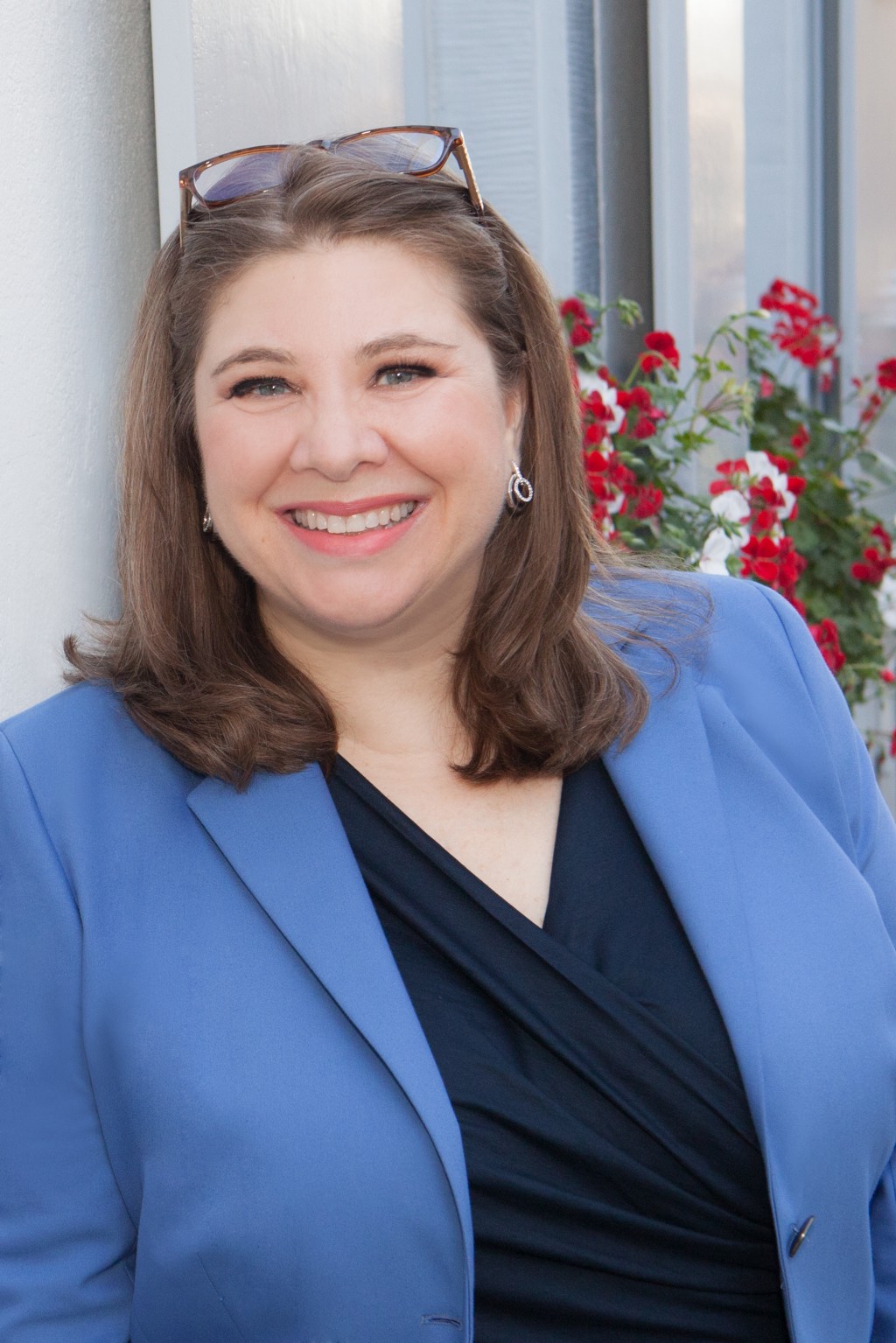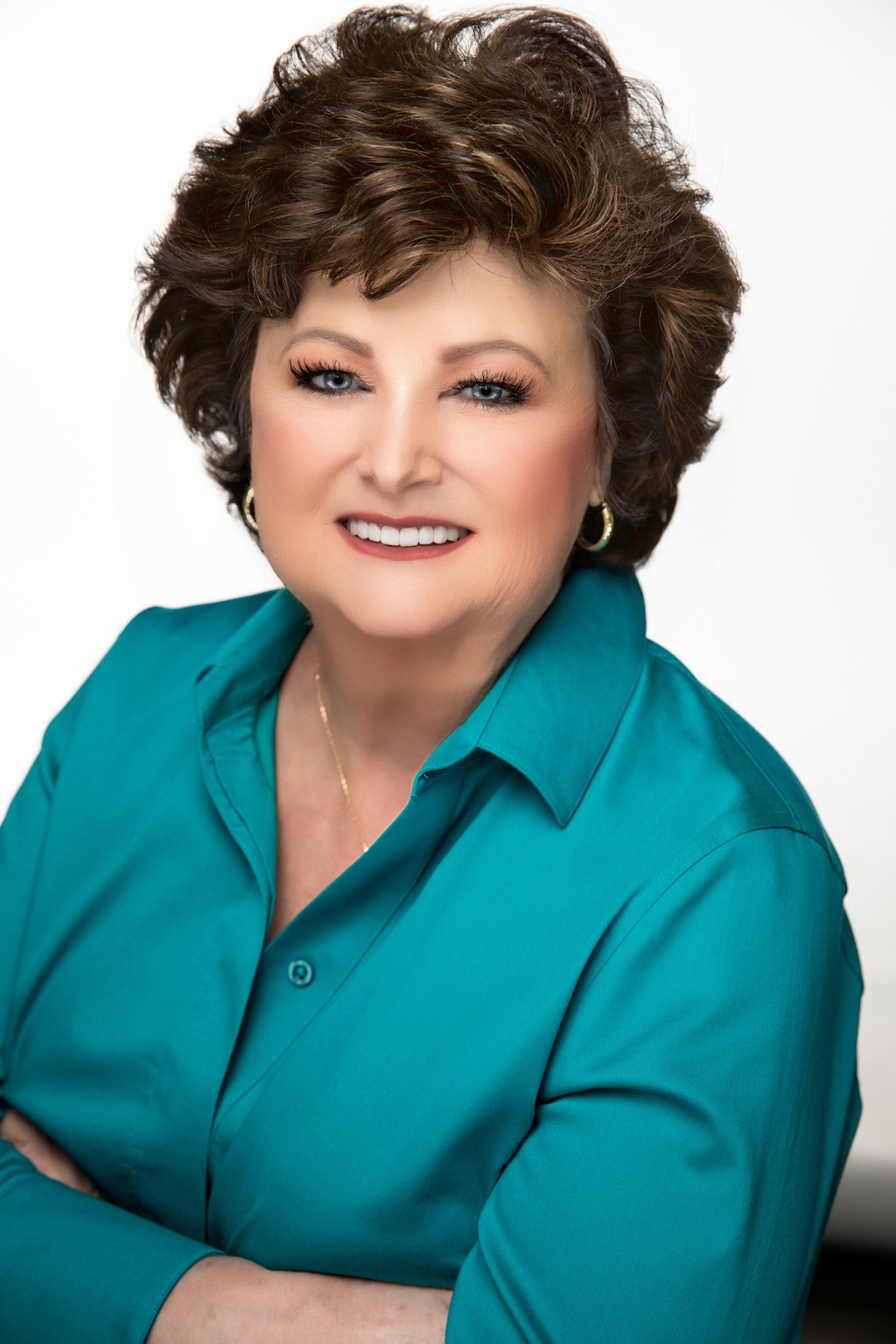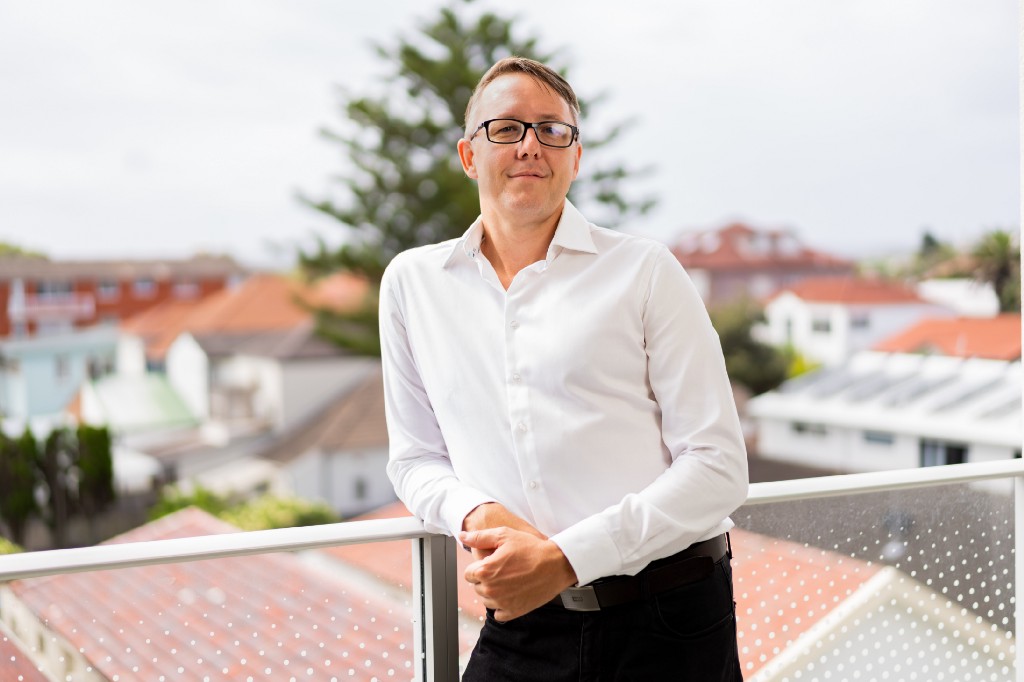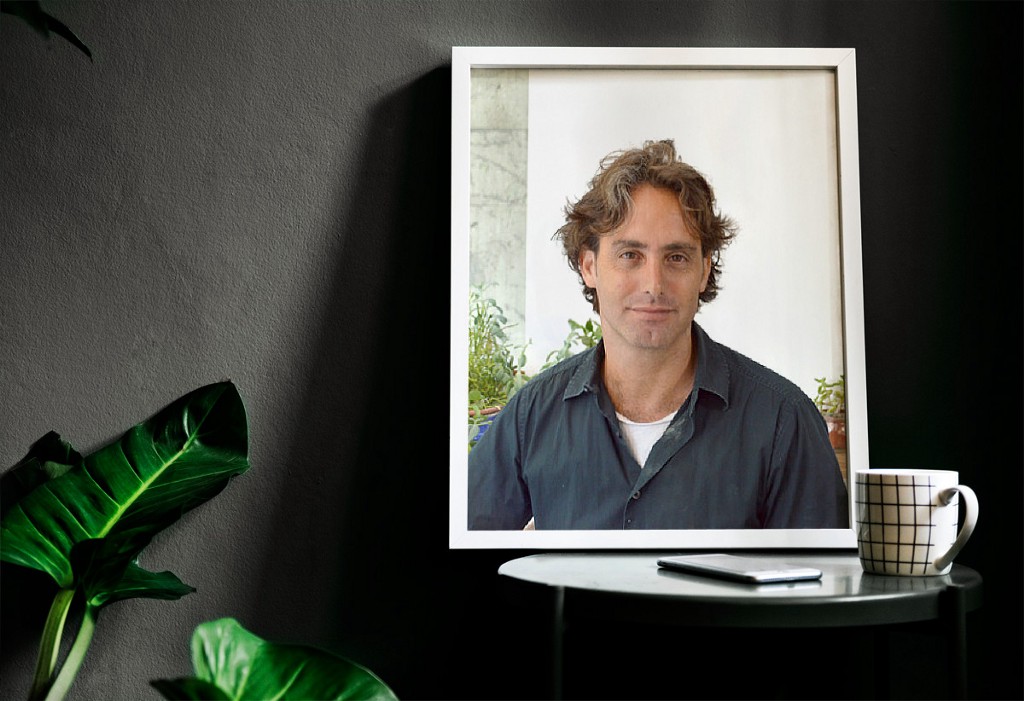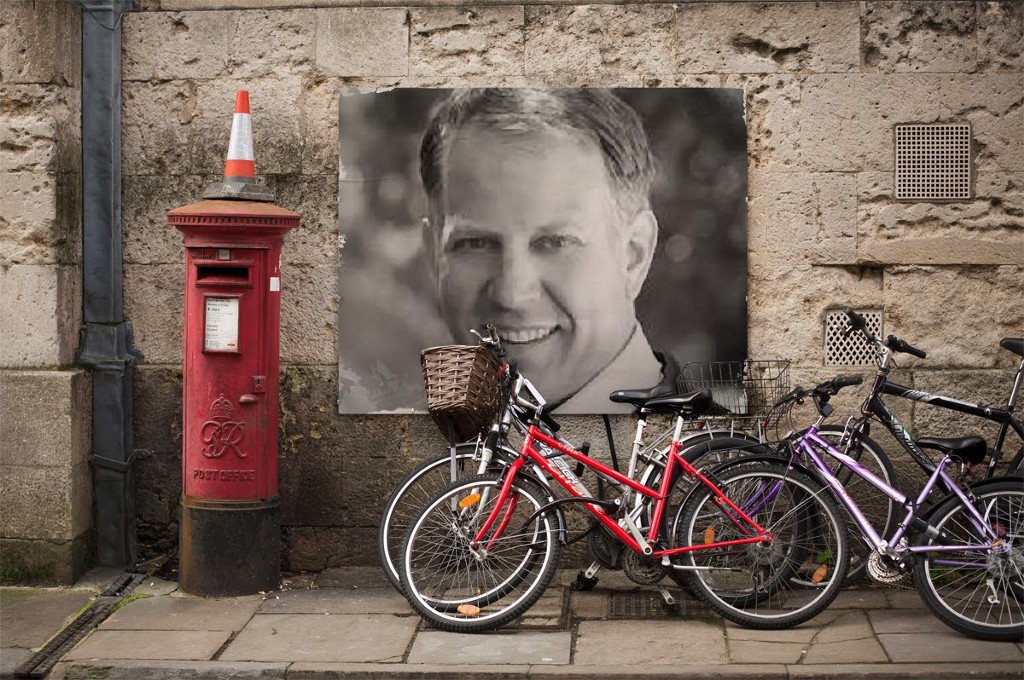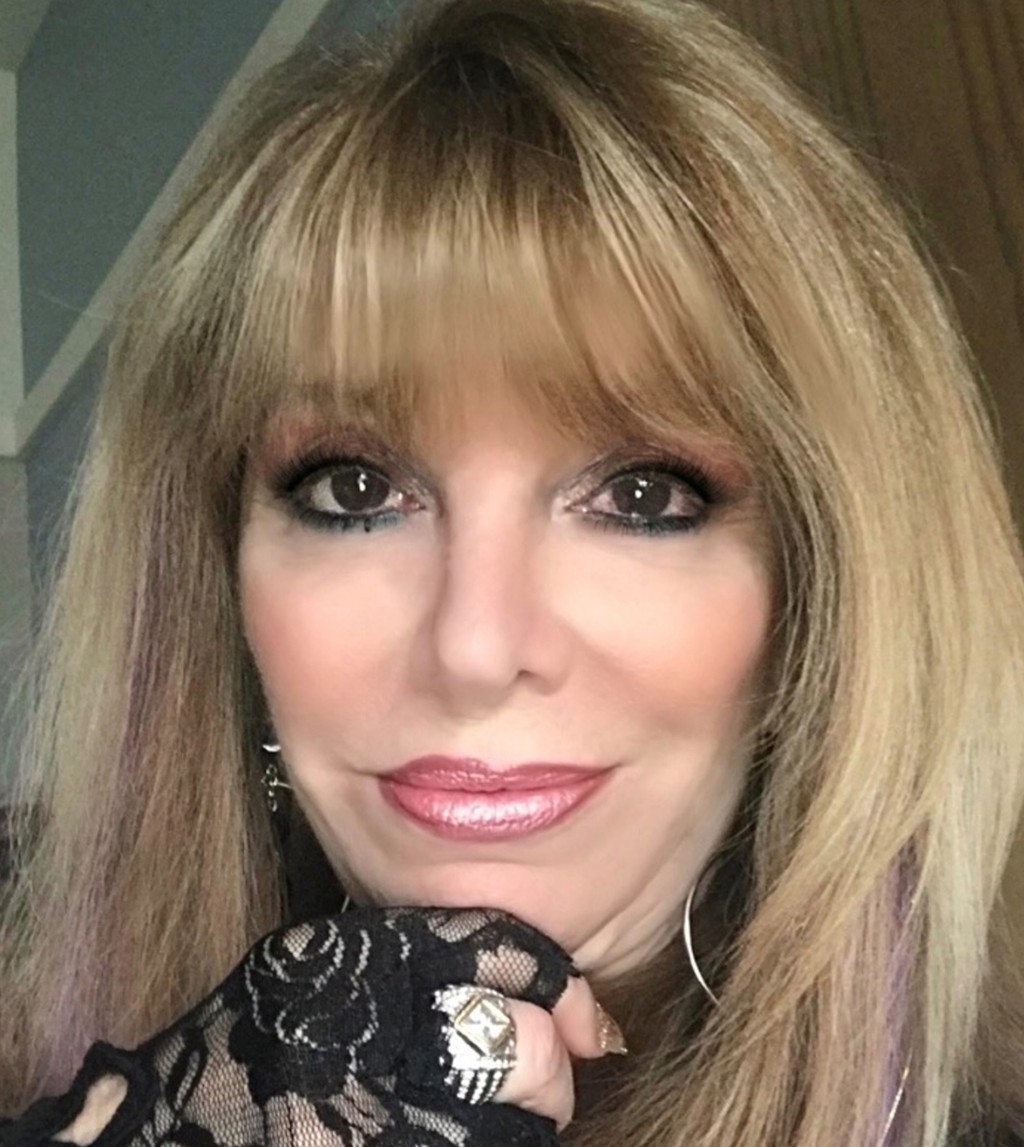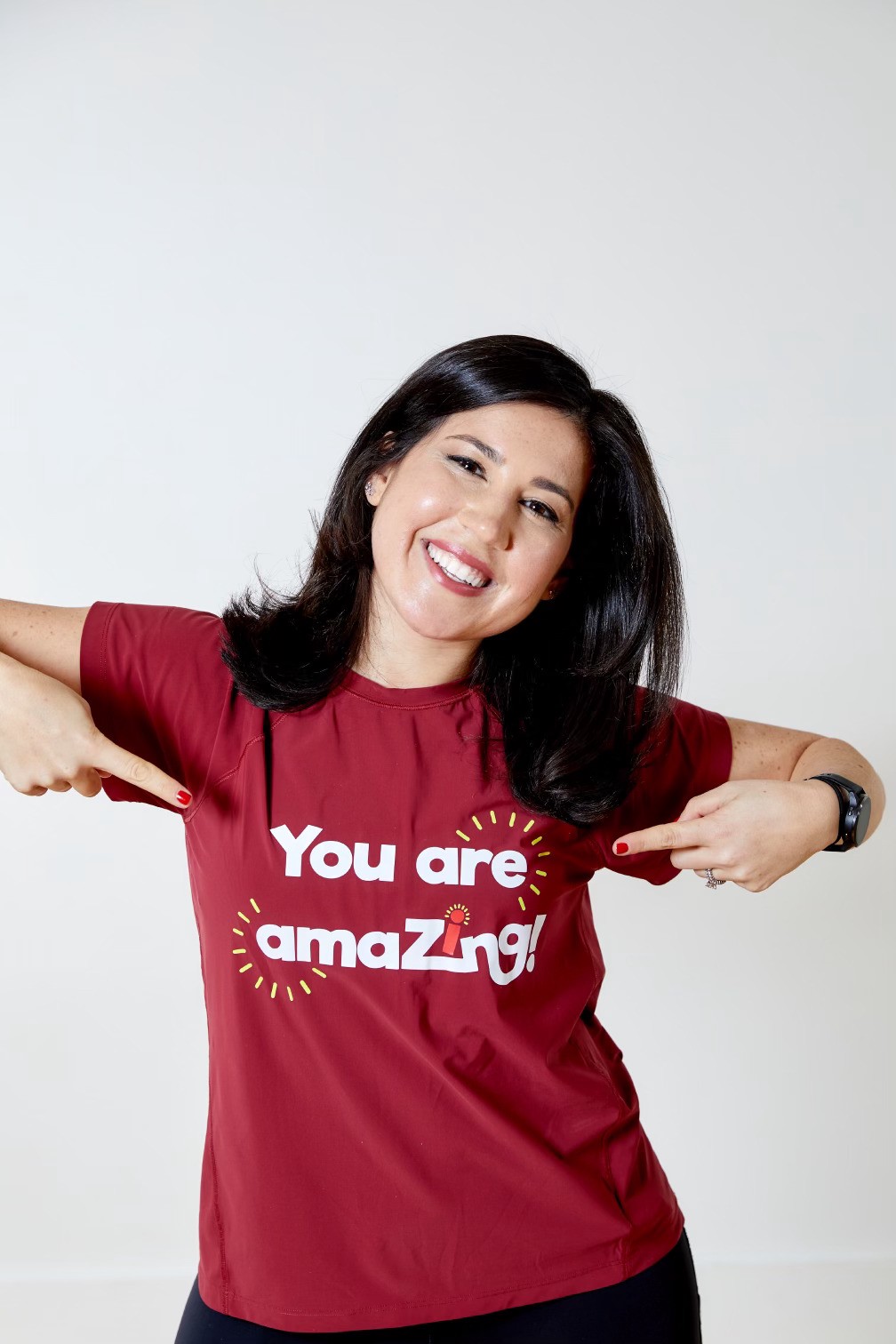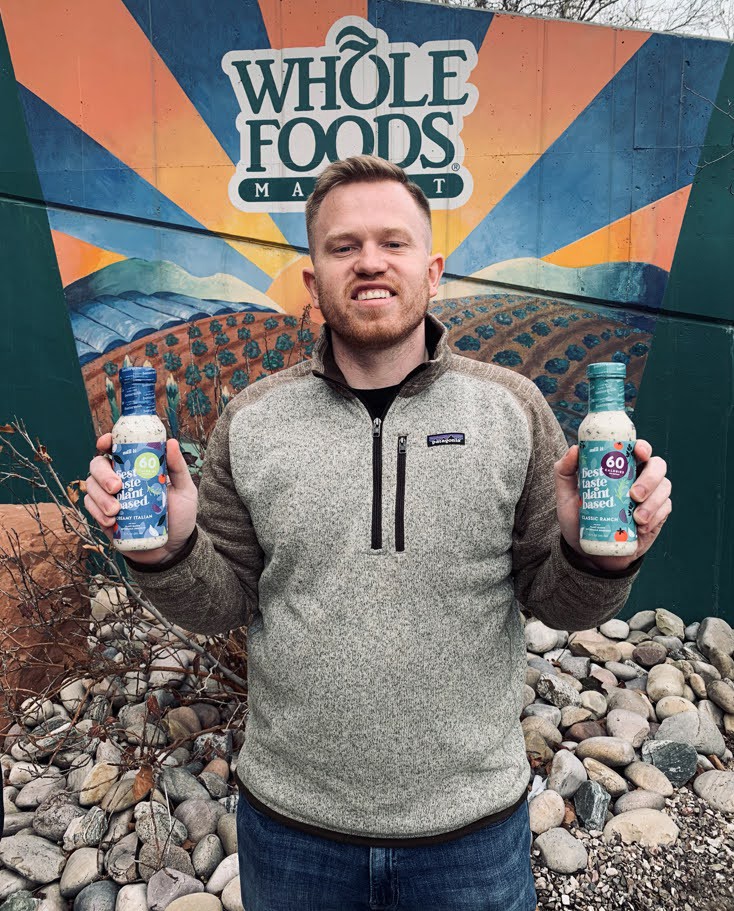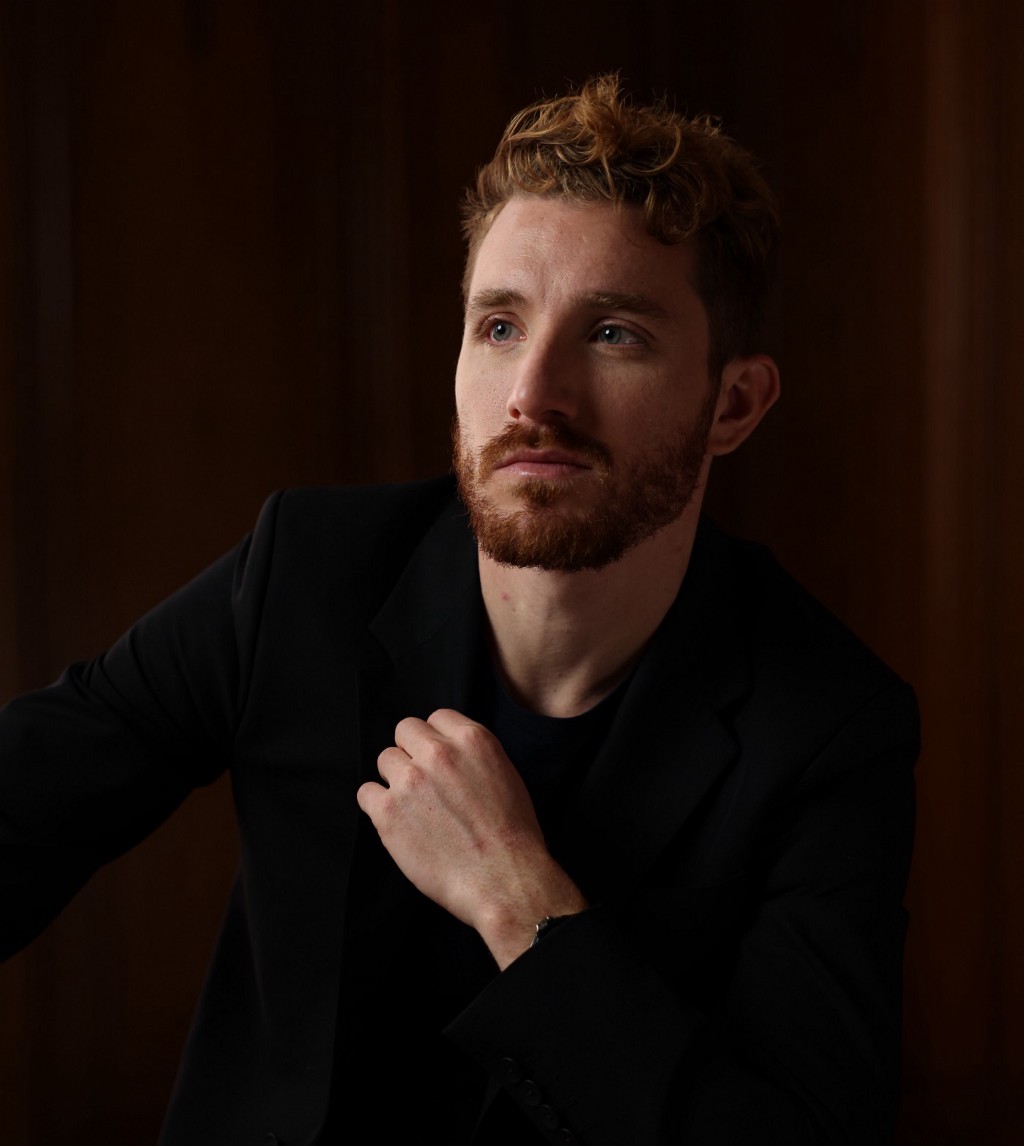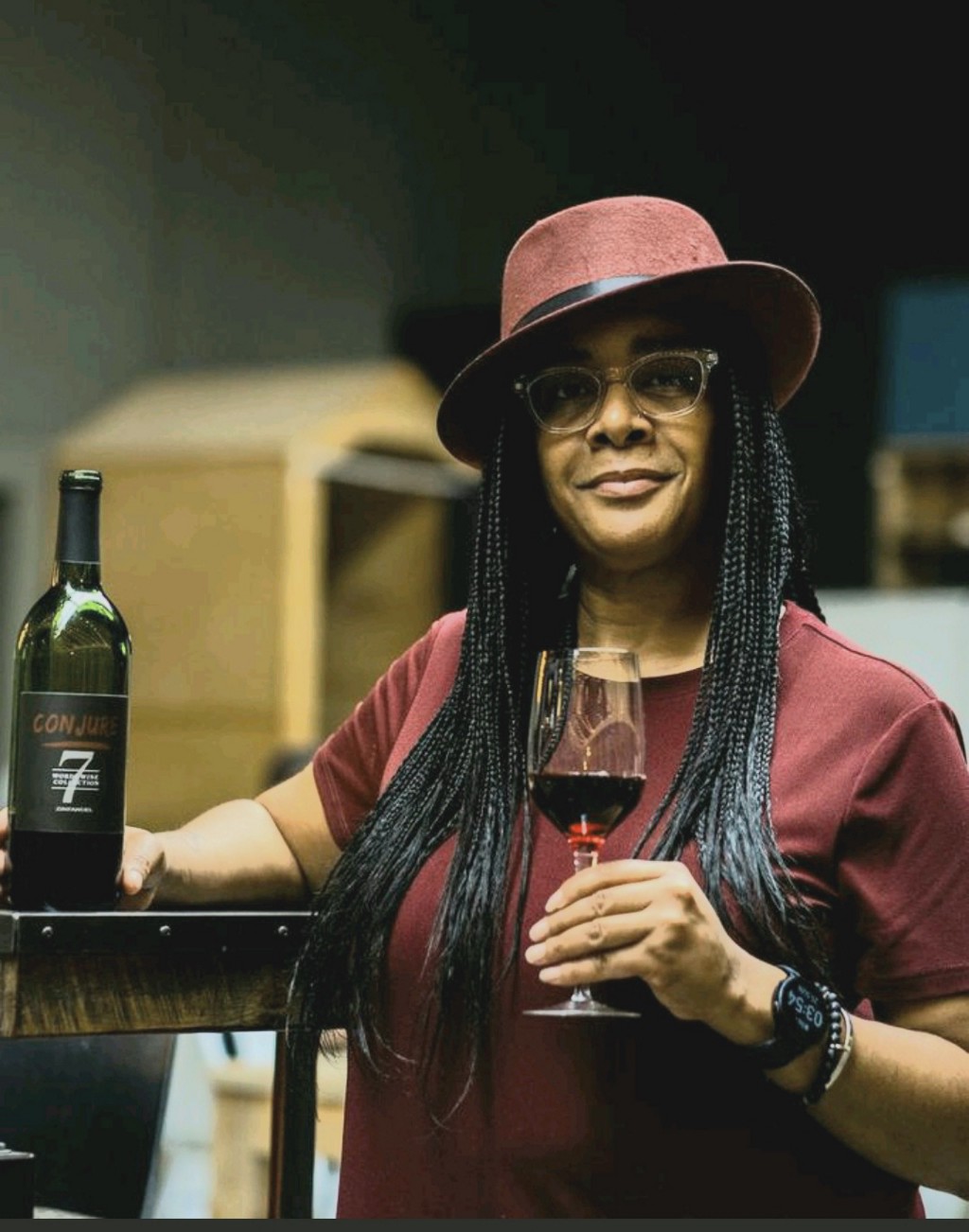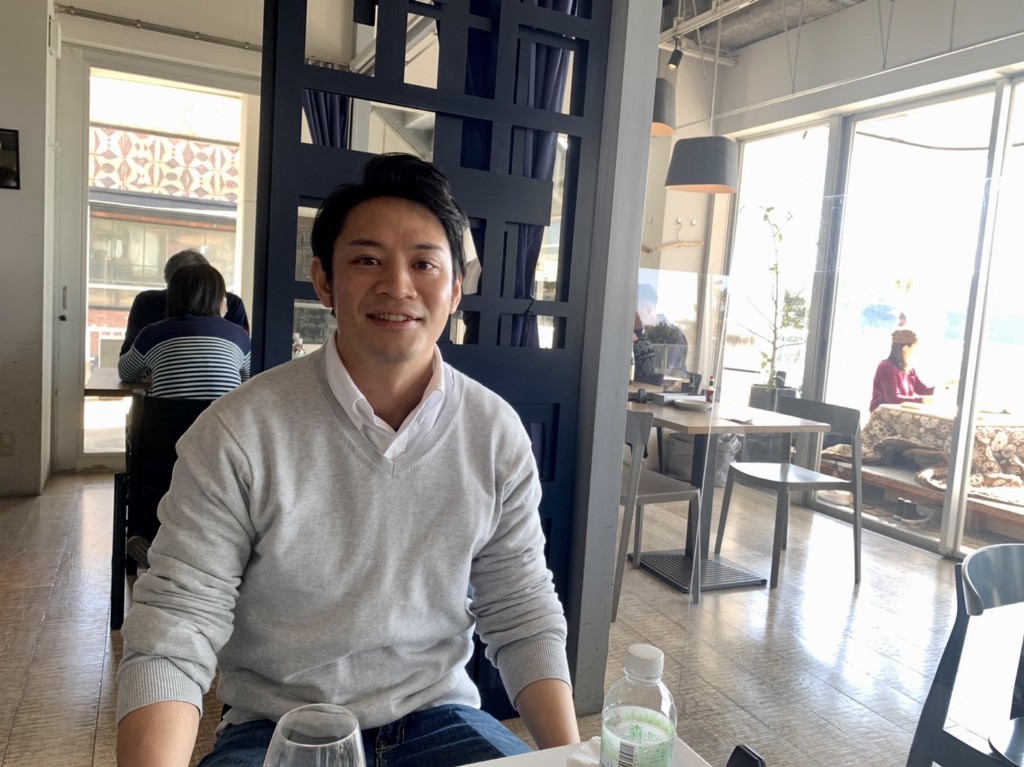Celeste DeCamps Of Empowerment Through Movement and Authentic Voice On The 5 Things You Need To Be A Highly Effective Public Speaker
An Interview With Fotis Georgiadis
Breathing: Breathing properly helps reduce anxiety and helps the voice project clearly. This is the first step I take with my audience and clients. Most people don’t know how to breathe from their diaphragm, so it’s essential to establish this technique in the beginning. The easiest way to tell if you’re breathing correctly is to lay down on your back and place one hand on your chest and one on your stomach. Inhale and see which hand rises. If it’s the hand on your chest, you will need to direct the next inhalation to your belly. Long deep breaths help clear the mind and relax the body. Speaking from our diaphragm gives our voice strength and resonance. It allows our voice to start and end sentences with clarity and projection instead of fading out.
At some point in our lives, many of us will have to give a talk to a large group of people. What does it take to be a highly effective public speaker? How can you improve your public speaking skills? How can you overcome a fear of speaking in public? What does it take to give a very interesting and engaging public talk? In this interview series called “5 Things You Need To Be A Highly Effective Public Speaker” we are talking to successful and effective public speakers to share insights and stories from their experience. As a part of this series, we had the pleasure of interviewing Celeste DeCamps.
Celeste DeCamps is an accomplished motivational speaker and speech coach. She shares a lifetime of experience in stage dance and movement in her presentations by implementing engaging stories and fun audience interaction. Through her company, Empowerment Through Movement LLC, Celeste guides clients in discovering the tools needed to get them feeling energized, confident, and more-than-ready for their next presentation or job interview.
Additionally, Celeste has teamed up with fellow keynote speaker Michele Marshall in creating Authentic Voice LLC. This speech-coaching company offers staff training and individual coaching sessions to improve presentations, job interviews, or networking events.
Thank you so much for doing this with us! Our readers would love to get to know you a bit better. Can you tell us the story of how you grew up?
I grew up in North Miami Beach, Florida, one of six kids, two older brothers, two younger sisters, and a younger brother. My dad was a financial manager, and my mom was a homemaker. None of us followed in our parents’ footsteps, though. My older brother a musician, my sister a makeup artist, my younger brother a comedian/magician — and me? I was a belly dancer and drummer. Yet, our parents supported and encouraged all our endeavors. I graduated from the University of Miami with a degree in Communications. I worked in radio and television. I deejayed four shows a week on the college radio station and did camera work, assisted directed and directed for two television stations. On the weekends, I performed in Middle Eastern restaurants, belly dancing. Occasionally, I would join my brother and his band and play the drums. My brother Stan opened a jazz and blues restaurant called One Night Stan’s and asked me to help manage it. After a few years, I ended up moving to New York — my long-distance boyfriend had proposed. I got a job with Southern Wine and Spirits, you guessed it, selling wine and spirits to nightclubs, restaurants, and hotels all over Manhattan. Twelve years later, I felt it was time to put my experience and expertise in sales and management to good use. In addition, I wanted to help people develop their communication skills to find success.
Can you share a story with us about what brought you to this specific career path?
For me, dancing and playing music was the only time I felt comfortable in my skin. My whole being was locked into the sounds I was concentrating on. I wasn’t worried about how I looked or what people thought of me. Nothing else mattered. When I wasn’t performing, I was self-conscious and second-guessed myself about everything I said or did. I knew if I didn’t find a way to overcome my nervousness around people, I would never have a social life or find business success.
The best thing I did for myself was to take belly dancing classes when I was in college. Not long after, I was hired to perform belly grams for private parties. I spent my weekends driving all over South Florida, surprising people on their birthdays. What I didn’t realize at the time was that the confidence I had when I danced was starting to creep into my everyday life.
At the time, I was taking an interpersonal communication class, which I needed to graduate, and found out that half of my grade would be based on an oral report. Just reading those words “oral report” made me panic. I worked on that report and memorized it all, backward and forward. Yet, when my name was called, my heart started to beat fast, and my legs felt like jelly. As I walked to the front of the class, I suddenly felt a switch turn on inside me. I pulled my shoulders back, lifted my head, and smiled. The same thing I do when I’m about to perform. I spoke clearly, I made eye contact, and I even got a few laughs. My professor came up to me and said, “I don’t know who that was up there, but I hope you keep her. I was worried about you, but today, I saw a confident young woman find her voice. I’m giving you an A.”
In my head, I’m thanking the speaking gods that came to my rescue. It wasn’t until years later, when I was teaching other women to dance, that I saw how quickly their mindset would change from feeling self-conscious to feeling sexy just by shifting their body position. I realized that I could stop the negative, doubting voice in my head simply by paying attention to how I held myself. This understanding of the body-mind connection was my key to success. I began researching and developing my ideas into programs to help others find their voice.
Can you tell us the most interesting story that happened to you since you began your career?
The most interesting story that happened since I began my career was working with a group of magicians. Yes, magicians as in magic. Most people don’t realize all the working parts that need to come together to make the impossible, possible. On top of that, the performer must engage a crowd and be entertaining. I worked with each artist and gave them my point of view as a layperson. It was gratifying to come up with solutions, even though I didn’t know how the effects were done, to help enhance the audience experience. I also learned quite a bit about the psychology of movement and the subtle gestures that made a huge difference in a performance.
Can you share a story about the funniest mistake you made when you were first starting? Can you tell us what lesson you learned from that?
The funniest mistake I made was presenting the empowering effect of exuding confidence and using legendary film icon Mae West as an example. I even threw in a few of her famous lines in my best Mae West impersonation. When it was time for questions, a woman asked me who Mae West was. I immediately saw others in the audience who wanted to know as well. I asked for a show of hands of those who didn’t know this actress, and to my surprise, the whole audience had their hands up. This event was a valuable lesson for me. I learned the importance of meeting the participants before going on stage. Then, I can fine-tune and focus on what the audience wants quickly and make my message relatable.
None of us are able to achieve success without some help along the way. Is there a particular person who you are grateful towards who helped get you to where you are? Can you share a story about that?
It would be hard to pick one person who helped me on my speaking journey when I was fortunate to have a whole group. When I left the corporate world to become a full-time professional speaker, I joined a Toastmaster club in Manhattan. It was the most encouraging and supportive atmosphere because the members were attentive and engaged with each individual. Everyone evaluated my speeches and gave excellent notes and tips on making them better. I eventually became a mentor to new members and working with them on their presentations made me a better speaker. As a result, I’ve made lifetime friends and supporters. Even after leaving, I can still depend on their expertise and guidance.
You have been blessed with great success in a career path that can be challenging and intimidating. Do you have any words of advice for others who may want to embark on this career path, but seem daunted by the prospect of failure?
My advice is to get up and fail. It’s the only way to learn and evolve. Waiting for every word and gesture to be perfect will keep you from getting on stage. I’m not saying get up and wing it in front of an audience and hope for the best. I’m suggesting that research, organization, and practice are imperative, but it doesn’t mean you still won’t mess up. Most of the time, an audience has no clue you left out a word, sentence, or a whole paragraph. If you work on engaging the group and helping them find solutions or inspiration with your message, they will forgive any mishaps. Take every opportunity to be on a stage and hone your communication skills. Be open to constructive criticism and ask for feedback from the participants to see how your message landed with them. Find a mentor who will help guide you on this journey.
What drives you to get up everyday and give your talks? What is the main empowering message that you aim to share with the world?
There’s nothing better than helping someone find their voice. I live for that moment when a light turns on inside someone. They smile because that self-consciousness they were feeling a second ago disappears and is replaced with a sense of confidence. I want to share the message with everyone that we have more power over our thoughts than we realize. We can quiet the negative, doubting voice in our head by paying attention to how we are holding ourselves. Check your posture. Are you standing tall, or is your head down? Are you smiling or looking worried? Are you taking slow measured breaths and feeling calm, or does your chest feel tight? We worry way too much about what others think of us. We lose sight of being in the moment when we should be paying more attention to the person in front of us.
You have such impressive work. What are some of the most interesting or exciting projects you are working on now? Where do you see yourself heading from here?
I’m very excited about the workshop I’ll be doing in May with my partner Michele Marshall in Sparta, New Jersey, at the Sparta Avenue Stage. The theme is “Communicate with Confidence.” We will share tools to help people project their voices, reduce the butterflies, and remove the fear of speaking in public. We’ve conducted this training for private companies to help their employees improve their sales and presentation skills. However, we wanted to bring this program to the public because we know everyone from an executive, manager, or student can benefit from learning these techniques to help them succeed. My goal is to continue doing these workshops for different organizations and schools around the country. I realize that texting and emailing are easy ways to communicate, but they will never replace face-to-face conversations. We can’t measure tone, warmth, or energy with emojis, no matter how many are created.
Can you please give us your favorite “Life Lesson Quote”? Can you share how that was relevant to you in your life?
My favorite quote comes from Oscar Wilde — “You don’t love someone for their looks, or their clothes or their fancy car, but because they sing a song only you can hear.” It took me a long time to realize no one cares how I look or what I’m wearing, but how I make them feel. I still have times when my insecurities raise their ugly head, and I need to give myself a pep talk. I’ve learned to get past my doubts and jump on opportunities that come my way. The only thing I fear now is regret. I don’t want to ever talk myself out of trying anything new because I didn’t feel pretty enough or smart enough to try. My mission is to help people know their self-worth and see all the possibilities out there for them.
Ok, thank you for all that. Here is the main question of our interview. What are your “5 Things You Need To Be A Highly Effective Public Speaker?” Please share a story or example for each.
- Breathing: Breathing properly helps reduce anxiety and helps the voice project clearly. This is the first step I take with my audience and clients. Most people don’t know how to breathe from their diaphragm, so it’s essential to establish this technique in the beginning. The easiest way to tell if you’re breathing correctly is to lay down on your back and place one hand on your chest and one on your stomach. Inhale and see which hand rises. If it’s the hand on your chest, you will need to direct the next inhalation to your belly. Long deep breaths help clear the mind and relax the body. Speaking from our diaphragm gives our voice strength and resonance. It allows our voice to start and end sentences with clarity and projection instead of fading out.
- Organization: It’s easy to take your main topic into a few different directions without realizing it. Before you know it, you’re in information overload, and your message becomes scattered. Instead, prepare your speech with one idea and center your examples around it before your call to action. My advice is to present up to three points that support your topic. More than that, you may be diluting your impact. If your subject matter is too broad, for example, “Today we will be discussing the best wines in the world.” You’re setting yourself up for failure. It’s better to narrow the scope to “The best cabernets from California’s Alexander Valley that are under twenty dollars.” Now you’re giving easily digestible information. Your outline should include an introduction, three supporting points and conclude with a call to action. Go out and buy that wine!
- Storytelling: Who doesn’t like a good story? We remember facts and information better when connecting them to a relatable event. A few years ago, I helped a young woman with a speech she was preparing about the history of arranged marriages. She had data on the cultural significance and how it affected the families involved in the matchmaking process. I asked her if she had a personal stake in this. She said her family was actively working on finding her a husband. Unfortunately, they had set up one date that went horribly wrong. I said, “That’s the story I want to hear. Put that together, and you’ll have everyone’s interest.” Sure enough, the audience was treated to a hilarious reenactment of her doomed date, but the impact of her subject was made more significant by her personal involvement. Everyone had put themselves in her shoes and could relate to her topic.
- Dynamics: One of the first things people tell me is they don’t know what to do with their hands when they’re in front of people. They get so self-conscious that any movement they make will feel exaggerated and awkward. If we stand anchored in one spot and barely change our tone while speaking, we are guaranteed to put our audience to sleep. A speaker should be animated and have good eye contact and meaningful gestures to keep people engaged. The best examples of this are watching comedians on stage. Some of them put their whole body into their story, and it keeps our attention. Notice when they are delivering their punch line. They’ll stop and look at one person as they say the line that will get the biggest laugh. It’s as if they are speaking to all of us. Their voices change levels for effect. They may speak in a stage whisper one moment and, bellow to the rafters in the next- depending on what their story calls for. We don’t need to over-exaggerate our voices or movements, but they should coincide with what we’re saying to enhance our speech.
- Practice: Preparation is key to overcoming our fear of public speaking. When we know the information we want to share backward and forward, it becomes part of us. Think about a story you like to tell. For example: When you first described a night out with friends, the account was probably twenty minutes long. The more you recounted the event, the more you began to take out any details that didn’t move the story along. Soon, you’ve got a solid five-minute tale with all the funny and exciting parts intact. You didn’t script it out; it was simply telling the story several times until it became rote. Approach your speaking opportunities the same way. Get in front of friends and family and accept constructive criticism. No one creates in a vacuum. Hearing other opinions will lead you to greater success. You’ll find yourself becoming comfortable with sharing your ideas because of the dedication and work you put into them. You never know who may need to hear your message until you take that leap of faith and pass on your knowledge and passion.
As you know, many people are terrified of speaking in public. Can you give some of your advice about how to overcome this fear?
For many people, the thought of standing in the spotlight with all eyes on them can feel scary. That’s a lot of attention and judgment all at once. We tend to build that fear up as we imagine the worst; I’ll trip and fall on my face. I’ll forget the entire speech as soon as I walk to the front of the room. No one will care what I have to say. The reality is that audiences are rooting for you whether you realize it or not. If you practiced and prepared your speech, it’ll go well. It will never be perfect, and that’s fine. It doesn’t have to be. People want you to give them the information, solutions, and motivation that were promised.
Before you go on stage:
- Take deep breaths and relax your body.
- Do tongue twisters to warm up your mouth. This will help you from tripping over your words.
- Do some stretches and check your posture.
- Practice walking with your shoulders back, head lifted, and smile.
- When you tell yourself “I’m nervous,” change the thought to “I’m excited.”
The audience isn’t the enemy. They are your friends, looking forward to hearing your thoughts and ideas. If possible, try to meet and greet the group as they’re coming in. You’ll create a quick connection with them before you get on stage. Now it’s a party. Relax and have fun.
You are a person of huge influence. If you could inspire a movement that would bring the most amount of good to the most amount of people, what would that be?
I want to inspire people to pay more attention to their body language. The way we hold ourselves reflects how we feel inside. We can shift our mindset to be more self-assured by walking, standing, and sitting with good posture. When we are in tune with ourselves, we notice the body language of others. We can empathize readily even with someone we just met. Listening and staying focused on the person or persons in front of us goes a long way in establishing rapport. I believe this will help better our communication skills, leading to fewer misunderstandings in work and personal relationships.
Is there a person in the world whom you would love to have lunch with, and why? Maybe we can tag them and see what happens!
I want to meet Amy Cuddy. I was researching the body-mind connection, and I saw her TED Talk. I felt validated by a social psychologist who had recognized how important it is to pay attention to our posture, especially when our mind is causing us to doubt ourselves. Her “power poses” are similar to the different dance positions I use to show how quickly our attitudes can change. It would be fun and informative to have the opportunity to talk with her.
Are you on social media? How can our readers follow you online?
Yes, please visit my website: www.CelesteDeCamps.com
Facebook: Celeste DeCamps Speaker: https://www.facebook.com/mindbodybelief
LinkedIn: https://www.linkedin.com/in/celeste-decamps-empowermentthroughmovement/
Twitter: https://twitter.com/Cdecamps7
This was so informative, thank you so much! We wish you continued success!
Celeste DeCamps Of Empowerment Through Movement and Authentic Voice On The 5 Things You Need To Be… was originally published in Authority Magazine on Medium, where people are continuing the conversation by highlighting and responding to this story.

